DESIGN IN DIALOGUE
HAY’S WAY OF WORKING: THOUGHTFUL AND OPEN
At HAY, we see design as a living practice – one that evolves through new approaches to materials, methods, and ways of thinking.
Our ambition is to offer good, democratic design – creating high-quality, well-designed products in collaboration with the world’s leading designers. This commitment runs through our growing assortment of furniture, lighting, and accessories, which asks not just how things are made, but how they might be made better. Circularity and durability are longstanding priorities for us – and more recently, repairability has become a principle we’re working actively to integrate. From a lounge chair shaped through textile tension to a multipurpose seat made from postconsumer plastic, or a modular sofa designed for disassembly, each piece reflects a conscious effort to rethink the systems behind design.
These ideas take shape in our latest furniture launches. The O2 Lounge Chair, Layout Chair, and Mario Bellini’s reissued Italian icon, the Amanta Sofa, are different in form but united by intent – all developed with a focus on material responsibility, long-term use, and the belief that design should adapt to life, not the other way around.
This mindset also shapes our approach to reissues. The return of the Amanta Sofa this year joins HAY’s lineage of purposeful revivals – from the 1934 Crate Collection to the Rey Collection and X-Line Chair of the 1970s. These icons aren’t revived for nostalgia’s sake, but because their principles – modular thinking, enduring design value, and material intelligence –continue to meet the needs of modern life. Our aim is not only to honour the depth of design history, but to ensure that these ideas remain relevant well into the future.
When we reimagine a design for contemporary use, the process begins with a simple question: is this relevant for our time? We seek ideas that resonate today, regardless of when or where they were first conceived – and look for ways to evolve them for a new generation.
Innovation doesn’t happen in isolation. Creativity takes shape when we explore uncharted ground and welcome unexpected thinking into the conversation. At HAY, staying relevant means stepping outside the obvious and actively seeking out new voices. We draw energy from dialogue – with artists, architects, and others who approach challenges from a different angle, including those working
in food, fashion, and other creative disciplines –expanding the possibilities of what design can be. Originality often emerges in these intersections, where disciplines overlap, conventions loosen, and something new begins to take form.
That spirit comes to life in La Pittura, our latest tableware collection with American artist Emma Kohlmann. Her expressive drawings find new rhythm in hand-painted ceramics – everyday objects that carry the trace of the human hand. This collection doesn’t just serve a function; it invites feeling, reminding us that the emotional life of an object is as essential as its form – and that the most meaningful designs are often the most personal.
We know that lasting change in design takes time. We’re committed to continuing this work thoughtfully, incrementally, and with intention. Step by step, we move forward. We’re better today than we were yesterday. Tomorrow, we aim to be better still. This mission guides us every day. At HAY, we believe beauty belongs in every part of life, and that true innovation happens when art, industry, and curiosity are in conversation.
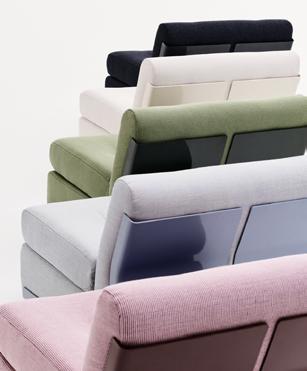
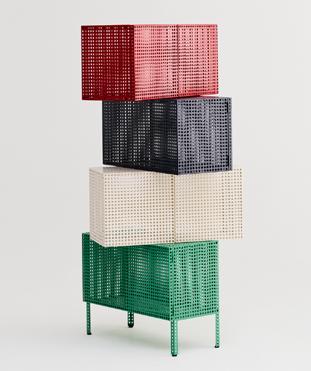
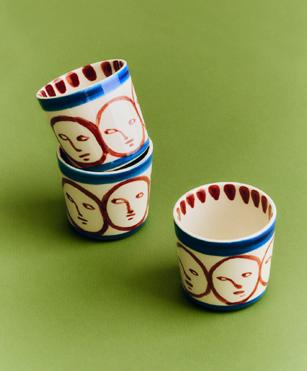
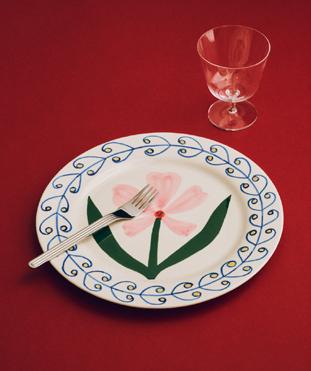
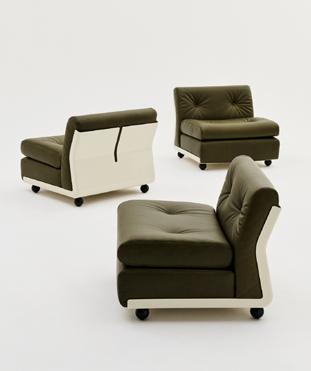
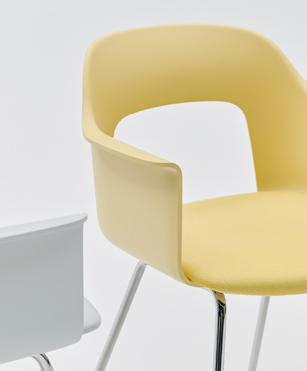
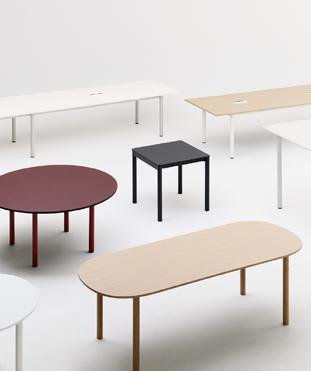
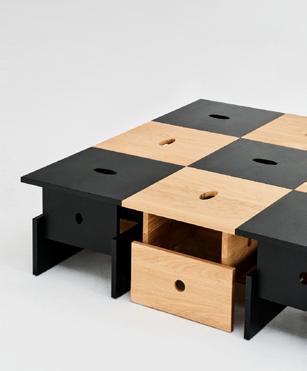
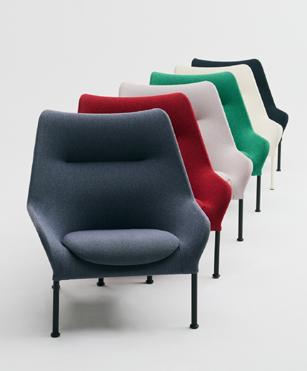
FURNITURE NEWS
Part of HAY’s evolving collection of new launches, the reissue of Mario Bellini’s Amanta Sofa – an Italian design icon from 1966 – is introduced alongside the O2 Lounge Chair by Jonas Forsman, Julien Renault’s Layout Chair, the Annex Table by John Tree, the Wood Box Coffee Table by Jonathan Muecke, and Muller Van Severen’s Perforated Cabinet.
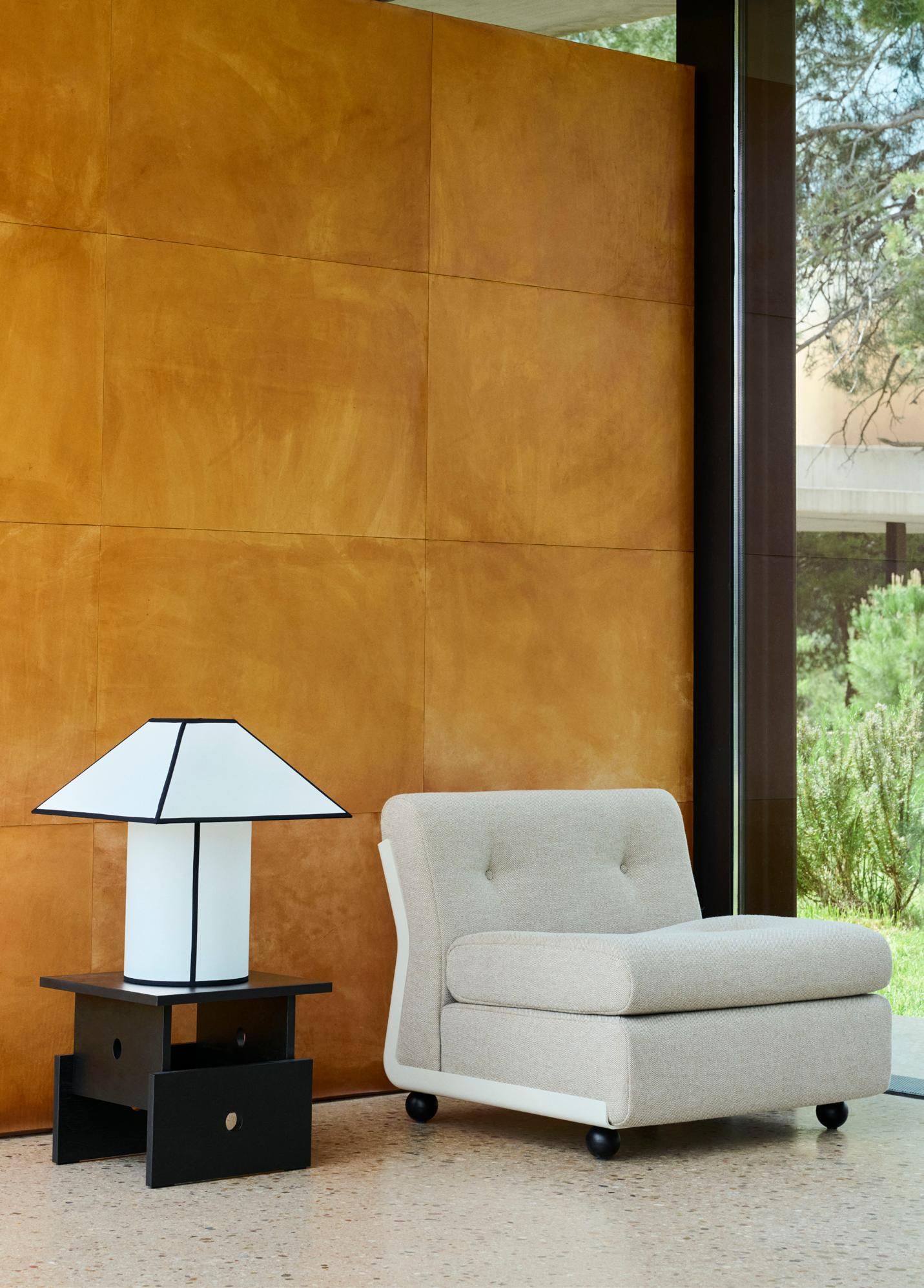
AMANTA SOFA BY MARIO BELLINI REISSUED BY HAY
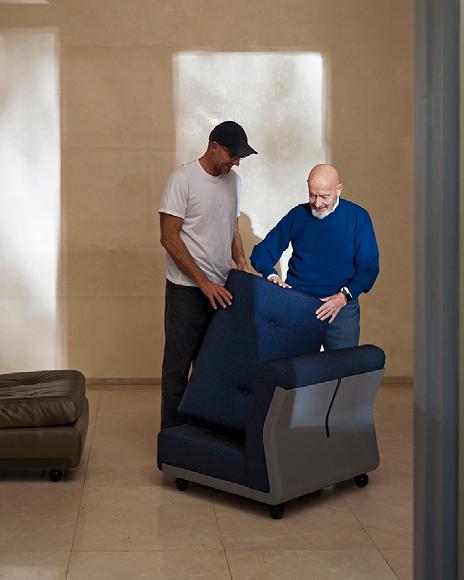
AN ITALIAN DESIGN ICON OF MODULARITY AND MODERN LIFE
When renowned Italian architect and design maestro Mario Bellini, now 90, first conceived the Amanta Sofa in 1966, he did more than introduce a new piece of furniture; he helped redefine how interiors could shape social life. With its modular, low-slung silhouette and sculptural clarity, Amanta offered a bold alternative to the conventions of its time, inviting new ways of gathering, lounging, and living together. Now, almost six decades later, HAY reissues the Amanta Sofa for a new generation, updating its materials while preserving its spirit –a testament to the enduring relevance of Bellini’s approach to design.
Ahead of Amanta’s autumn 2025 reissuing, HAY turned to Marco Sammicheli, Curator of the design, fashion, and crafts sector at Triennale Milano and Director of Museo del Design Italiano, to reflect on Bellini’s impact and the cultural moment that gave rise to Amanta.
Breaking the Mold: Amanta in the 1960s
In the late 1960s, a period of social liberation and creative experimentation swept across Italy. Bellini’s Amanta emerged from this energy, challenging traditional domestic archetypes with an adaptable seating system defined by floating cushions and a seamless shell. Radical for its time, Amanta marked a departure from convention – not only through its fluid use of industrial materials such as fibreglass, which reflected the technological optimism of the era, but in how it transformed the act of sitting itself, encouraging informal, communal living.
In Sammicheli’s words, ‘Amanta wasn’t just ahead of its time – it helped shape the era in which it was created.’ Today, the Amanta remains as socially functional as ever: a design that invites movement, conversation, and flexibility.
Design DNA: Inspirations and Innovations
Bellini’s design methodology was anything but conventional. As Sammicheli explains, Bellini absorbed the modernist principles of SwissFrench architect and designer Le Corbusier by removing visible metal frameworks in favour of integrated, softer constructions. For Amanta, he drew upon the structural logic of German-American architect Ludwig Mies van der Rohe’s Barcelona Chair, creating a modular system that could adapt effortlessly across different environments.
The result was a sofa that merged architectural precision with ergonomic comfort – a hallmark of Bellini’s broader vision: design that serves behaviour as much as aesthetics.
Mario Bellini: A Designer Beyond Boundaries Born in Milan in 1935 and trained as an architect, Bellini blurred the lines between disciplines from
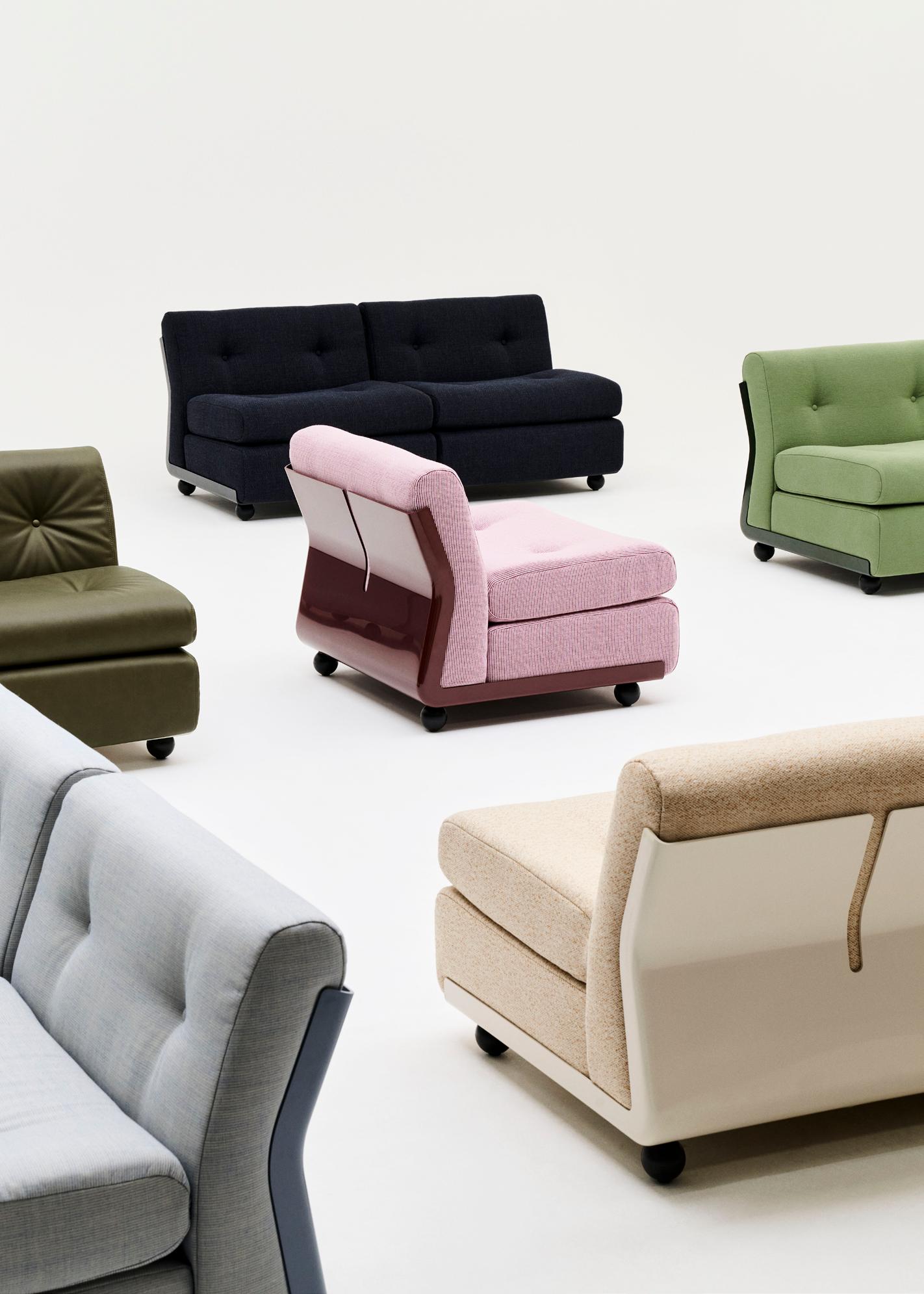
the start of his career. Coming of age in post-war Italy, he was part of a generation of designers and architects who sought to rebuild not only structures but ways of living – using design as a tool for cultural renewal.
This wide-ranging vision shaped Bellini’s creative process. His kaleidoscopic mind drew freely from art, architecture, history, and nature, crafting objects that were simultaneously functional and emotionally resonant. ‘This is a quintessentially Italian approach,’ says Sammicheli. ‘Like a modern Leonardo da Vinci, Bellini treated the world around him as a boundless source for design.’ It is this restless cross-pollination that made his designs – like Amanta – so richly layered and culturally enduring.
Bellini was deeply attuned to the rhythms of everyday Italian life, continually drawing from them in his work. ‘He wanted to have a role in the everyday life of as many people as possible,’ Sammicheli remarks – an ambition reflected in the intuitive, social spirit of the Amanta Sofa, as well as his other renowned designs and architectural projects.
The Cultural Shift: Made in Italy and Beyond
After the golden age of Danish mid-century design, the 1970s saw a cultural pivot. As Sammicheli recounts, Italy’s design scene surged with new energy, fuelled by a “Made in Italy” ethos that blended artisanal craftsmanship with industrial innovation.
HAY’s co-founder and Creative Director of Furniture & Lighting Rolf Hay reflects on this pivotal moment: ‘After the great achievements of the 1950s and 60s, Danish and Scandinavian design entered a time of uncertainty. In that period, Italian design stepped forward – offering new ideas, new energy, and a fresh understanding of modern life. Mario Bellini was one of the figures who defined that shift.’ It is precisely this heritage that the Amanta embodies: a fusion of tradition, invention, and responsiveness to how we live.
The HAY Reissue: A Modern Continuation
In reissuing the Amanta, HAY honours Bellini’s original vision while updating it for contemporary life. The shell, once fibreglass, is now produced using 99% post-consumer recycled ABS, while the cushions are crafted from 94% bio-balanced foam.
HAY’s take on Bellini’s Amanta has been refreshed with new shell colours selected by HAY and a variety of fabric and leather upholstery options. The entire sofa is designed for disassembly, enabling future upkeep and extending its lifespan.
‘HAY represents a new idea of European design,’ Sammicheli notes, ‘one that merges traditions, prioritises lasting objects, and reshapes how we consume.’ This vision aligns with Bellini’s own – a belief that good design should enrich daily life, not simply decorate it.
A Sofa for How We Live Today
In every era, the Amanta remains an invitation: to sit, to gather, to live convivially. Its modularity, its sculptural grace, and its human-centred design make it as vital now as it was at its debut.
‘It has become an icon of modern design, carrying the weight of history into contemporary spaces,’ Sammicheli says. Through this reissue, HAY preserves a piece of Italian design history and reaffirms a cultural idea: that innovation, craft, and social life belong together, and always will.
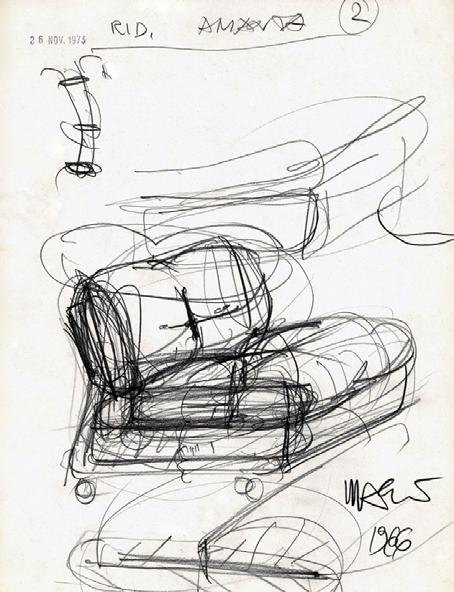
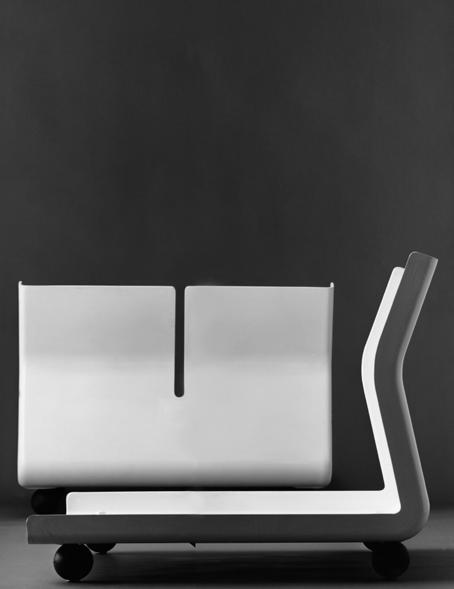
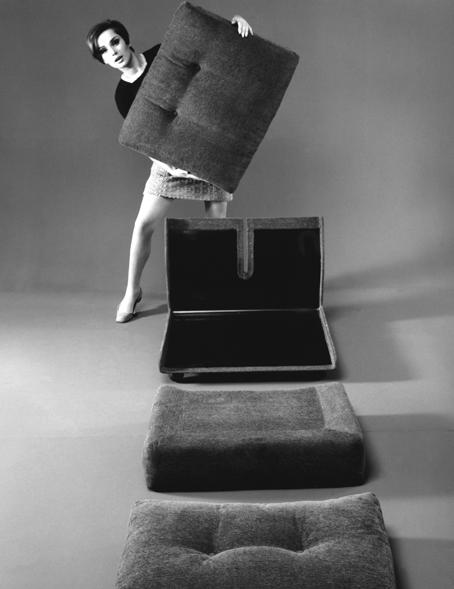
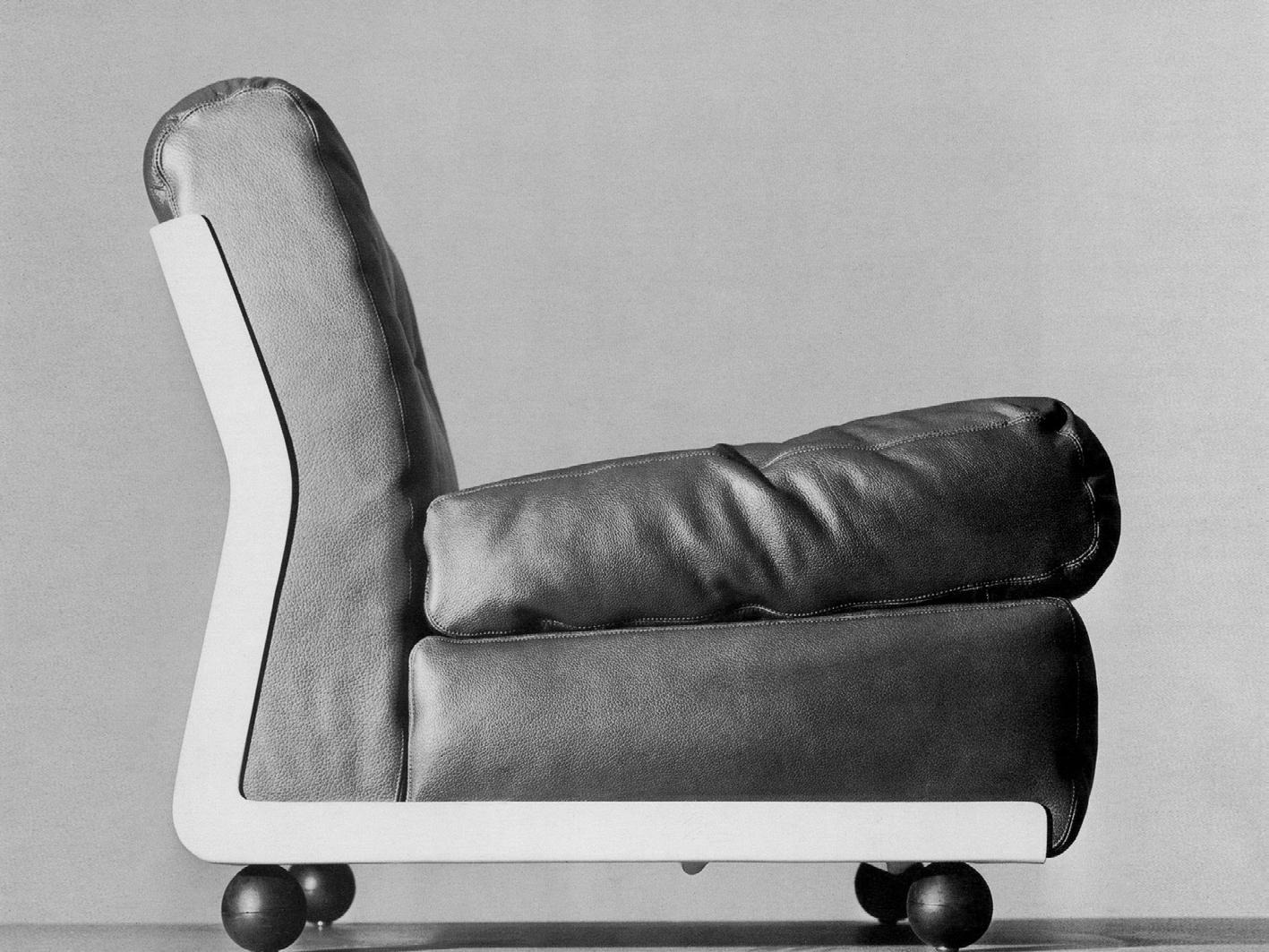
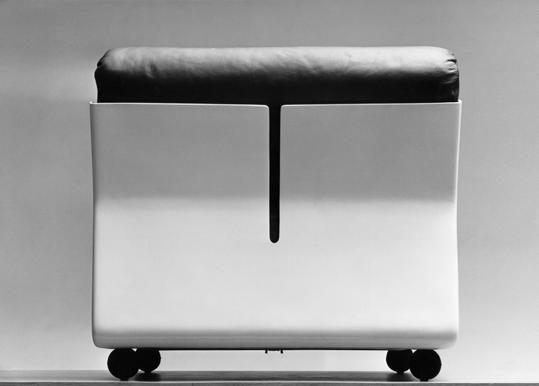
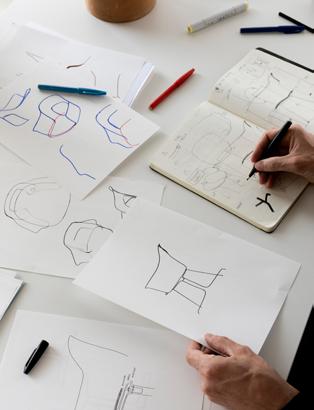
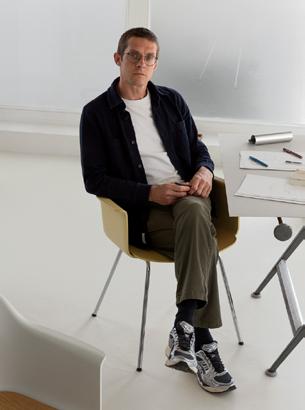
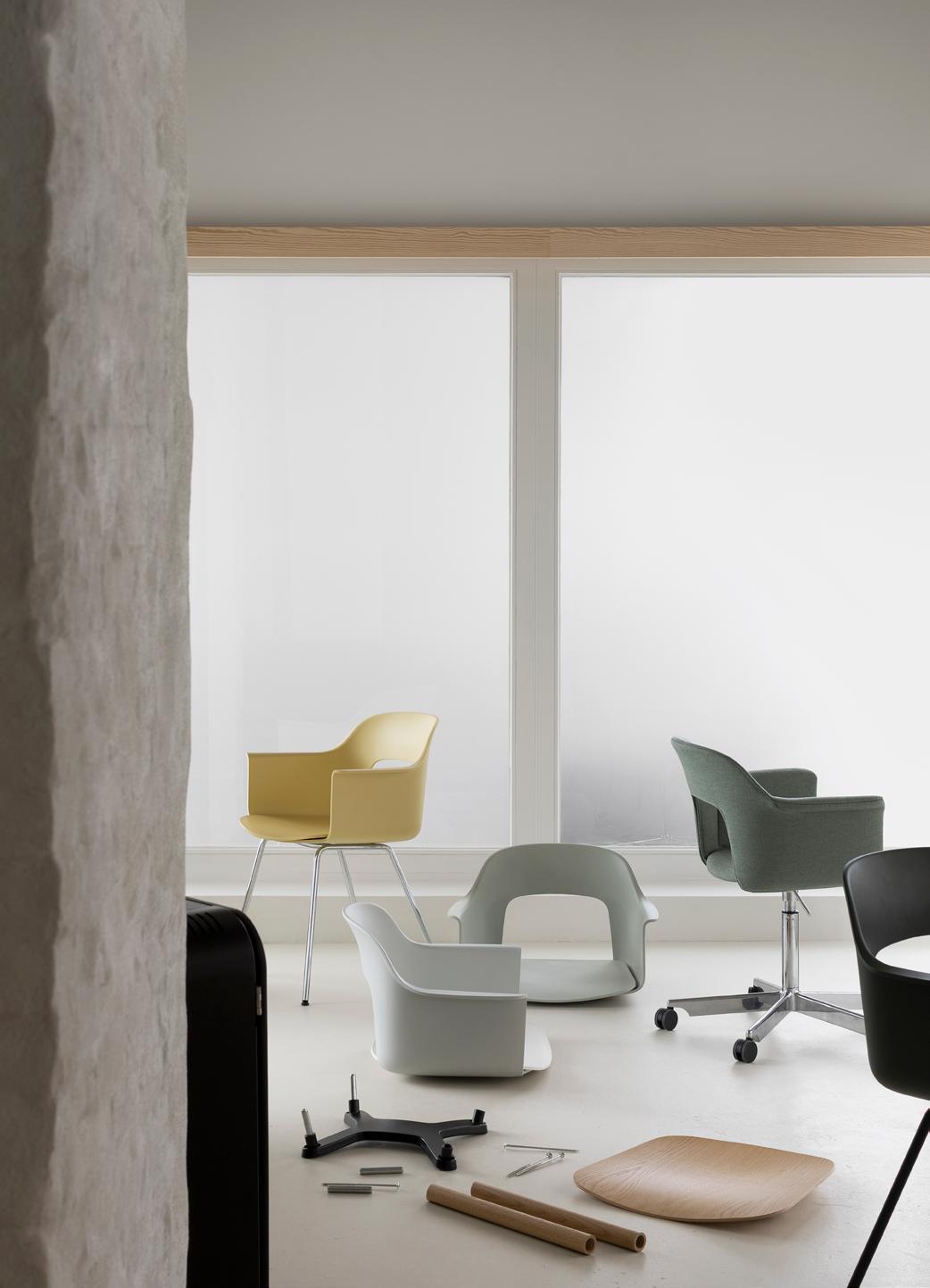
LAYOUT CHAIR BY JULIEN RENAULT

A LANDSCAPE OF POSSIBILITIES
HAY believes that good design responds to the world we live in – dynamic, expressive, and made with intention. The Layout Chair brings these ideas to life through a range of seating that is as versatile as it is conscious.
‘Layout is a collection that undeniably references the golden age of early plastic shell chairs – those modernist years that blended elegance, innovation, and versatility,’ says Renault. ‘But it also had to establish its own character – something new, adaptable, and able to live across different contexts.’
Crafted from at least 96% post-consumer recycled plastic, the open-back shell adds lightness to the design while offering natural, responsive support that moves with the user.
Designed for longevity, every component can be disassembled, repaired, and renewed – extending the chair’s life and embracing a circular approach to design. For upholstered models, a removable fabric cover with a discreet zipper is tucked into the backrest cutout edge, eliminating the need for glued foam and allowing for easy removal and
replacement. ‘This isn’t just a single object – it’s a collection: adaptable, configurable, and designed to go beyond the standalone chair,’ Renault explains.
With its mix-and-match components, Layout offers extensive choice. A wide range of shells, bases, legs, and upholstery options results in countless configurations – allowing the chair to suit a variety of settings, from workplaces and public spaces to the home. It’s a seating system that brings flexibility, comfort, and considered design into everyday life.
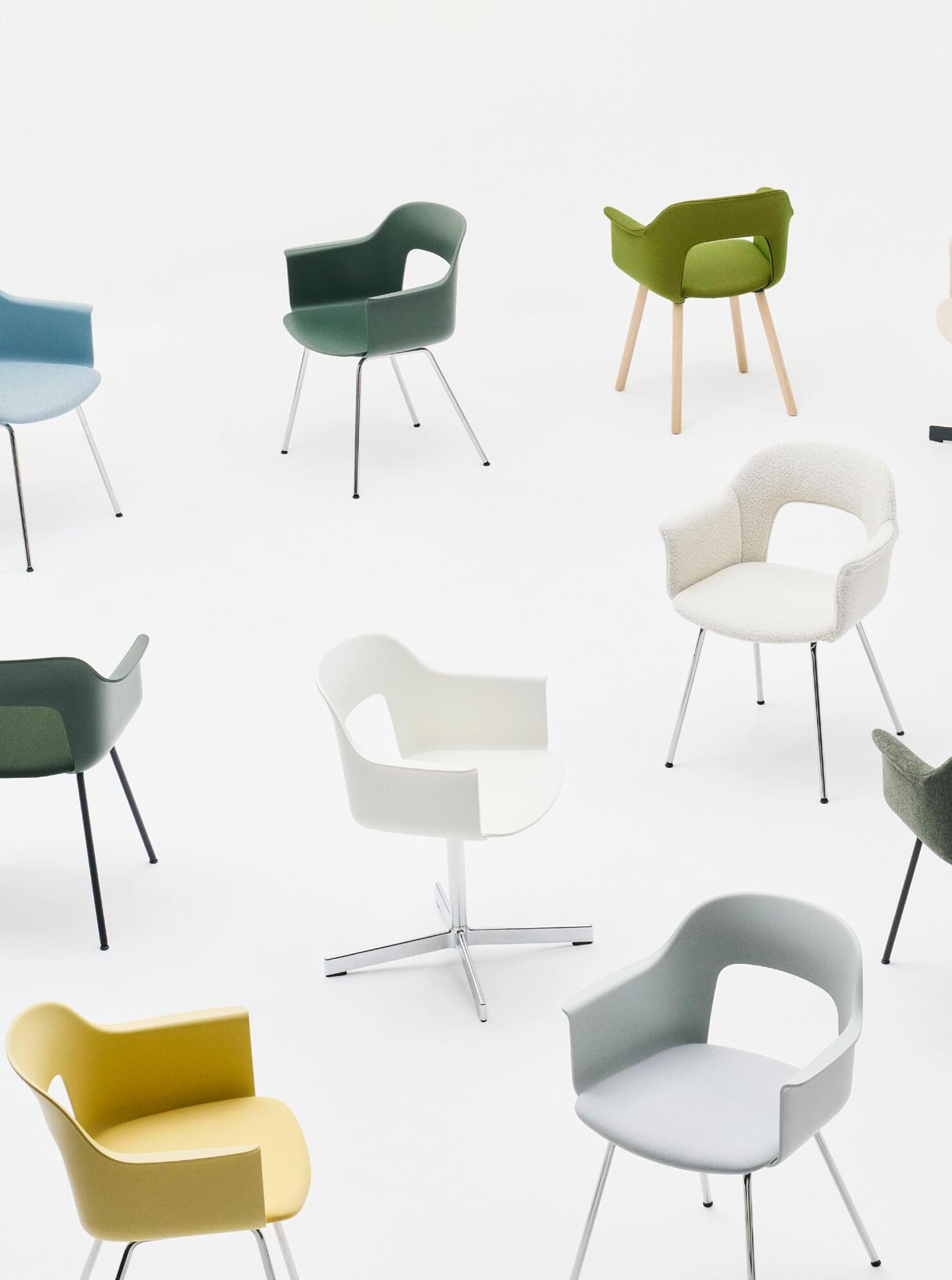
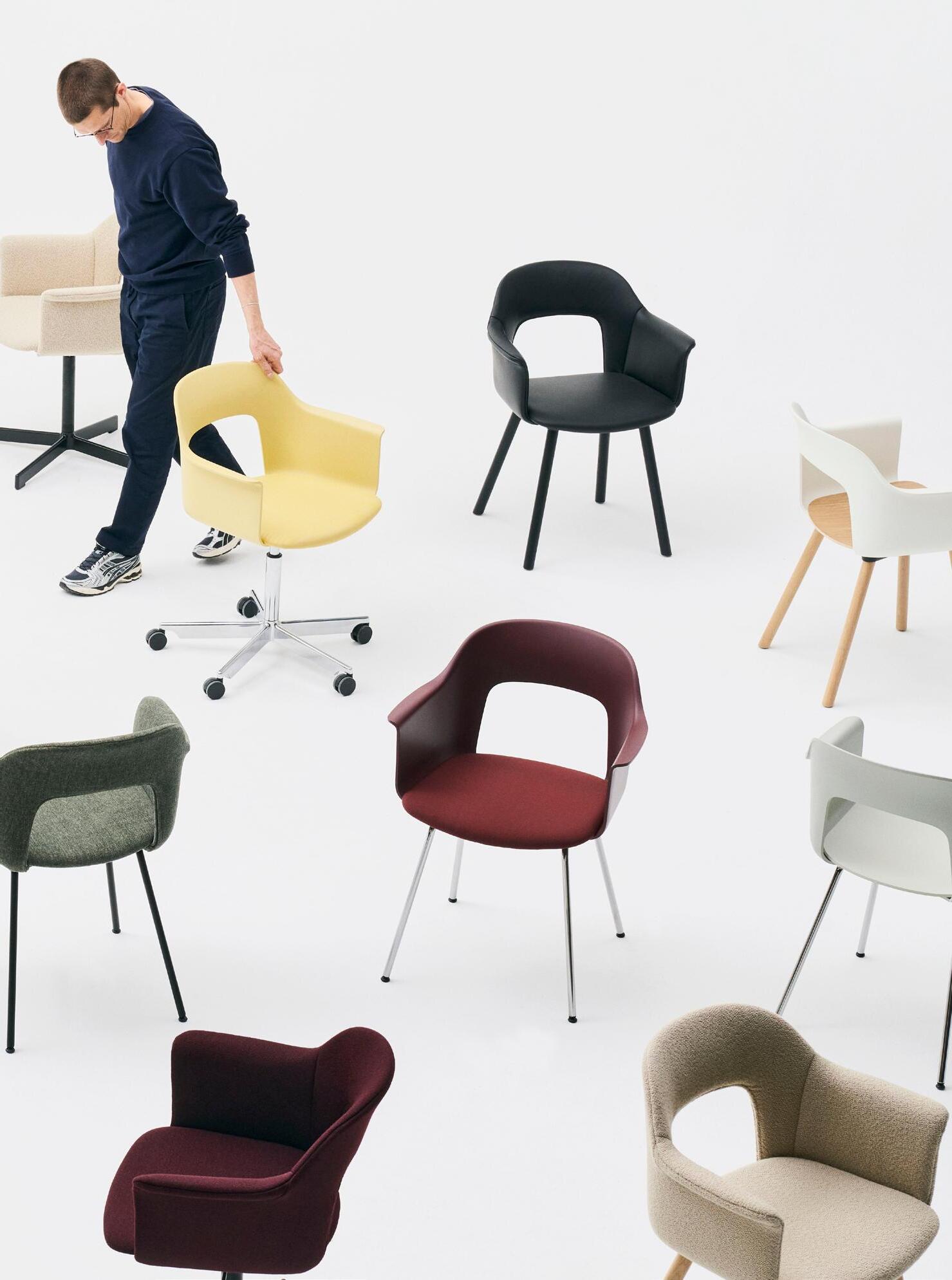
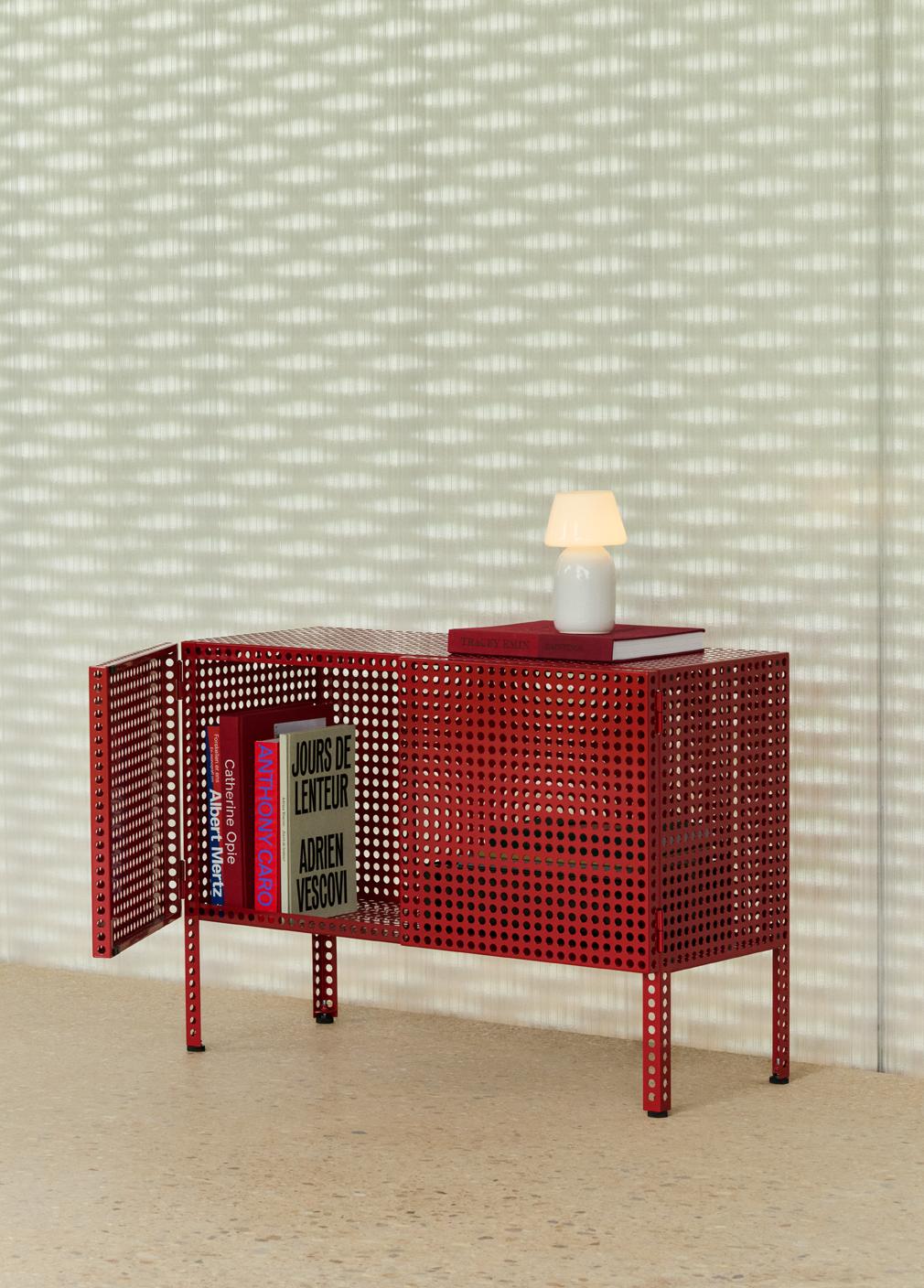
PERFORATED CABINET BY MULLER VAN SEVEREN
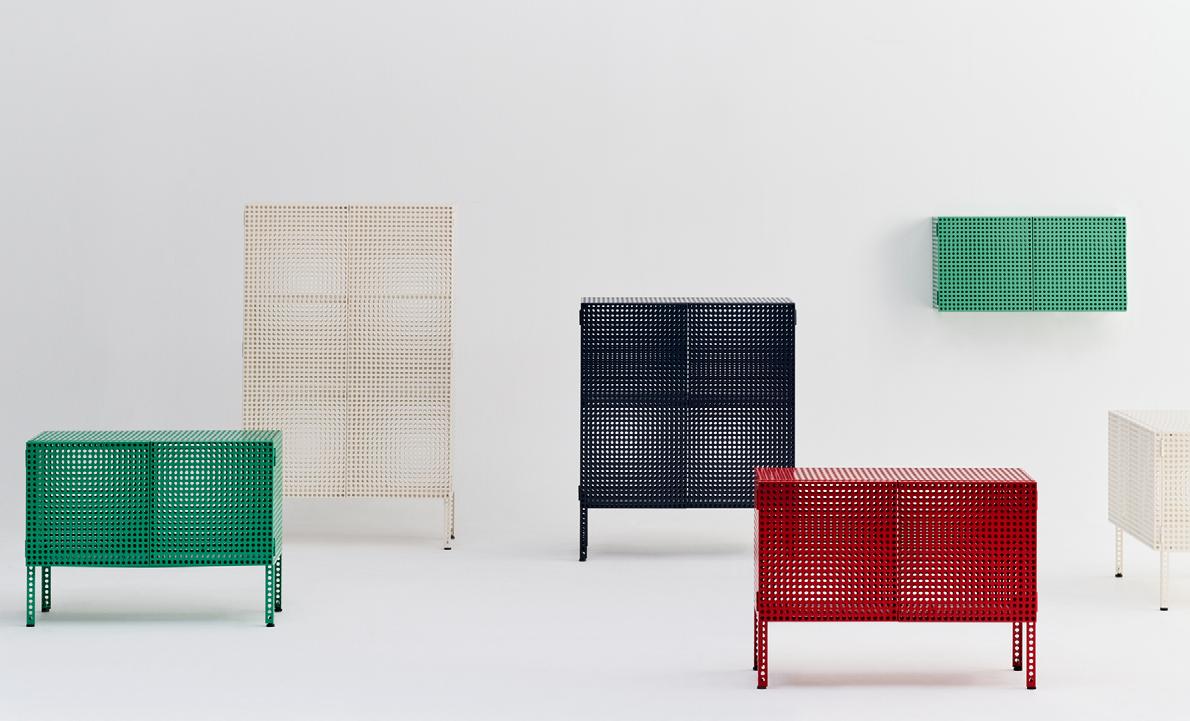
GEOMETRIC EVERYDAY STORAGE
Known for their bold use of colour and sculptural approach to furniture, Belgian design duo Muller Van Severen introduce the Perforated Cabinet –a take on storage that rethinks utility through the lens of structure, transparency, and form.
Made from powder-coated steel and characterised by a grid of perforated holes, the design strikes a balance between concealment and display. The semi-transparent surface subtly veils its contents while keeping them visually accessible – a functional hybrid between open shelving and a closed cabinet.
Available in wall-mounted and floor-standing variants, and offered in a variety of colours and sizes, the Perforated Cabinet brings colour and character to the art of keeping things in order.
ANNEX TABLE BY JOHN TREE
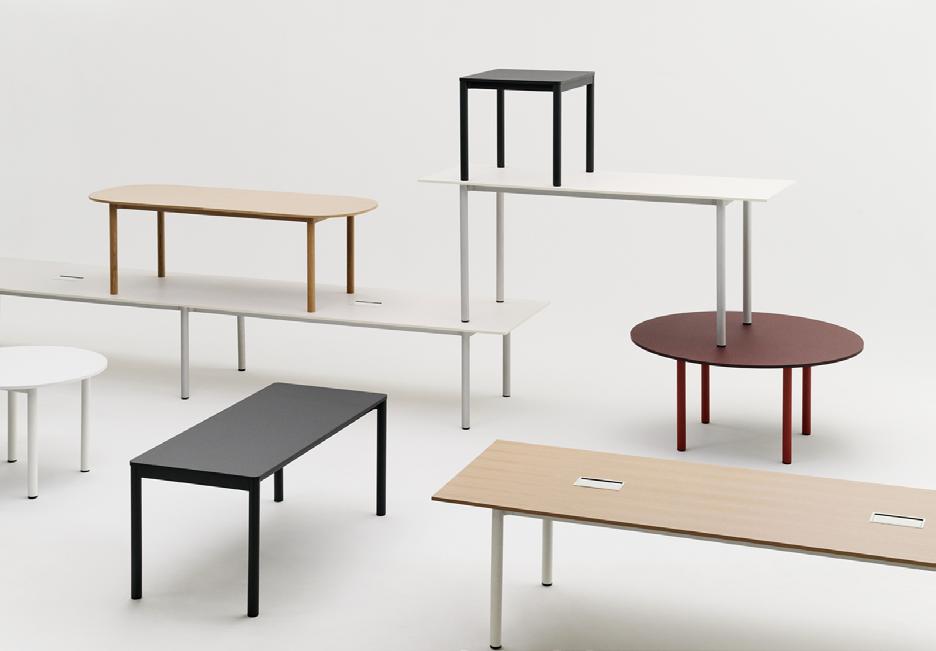
Available in a variety of materials, shapes, sizes, including round and oblong tabletops, with leg placements offered in overhang or flush variants. Optional cable management adds further functionality.
A CONSTANT IN CHANGING SPACES
As the functions of a space shift throughout the day, so does the role of the table – from a surface for work to a place for meals, conversation, or quiet focus. Designed with this flexibility in mind, the Annex Table responds with clarity: a versatile collection defined by architectural strength, balanced proportions, and a subtle invitation to make space your own.
Crafted from a considered combination of solid oak or recycled aluminium – the latter sourced from at least 75% recycled post-consumer scrap and extruded in Europe – Annex is available with a range of durable tabletop options, including Kvadrat’s Really Textile Tabletop™ made from 70% end-of-life textiles, as well as linoleum, laminate, and oak veneer. Annex blends material honesty with quiet confidence. Its form draws on the logic of traditional farmhouse tables, reimagined with a technical, modern sensibility.
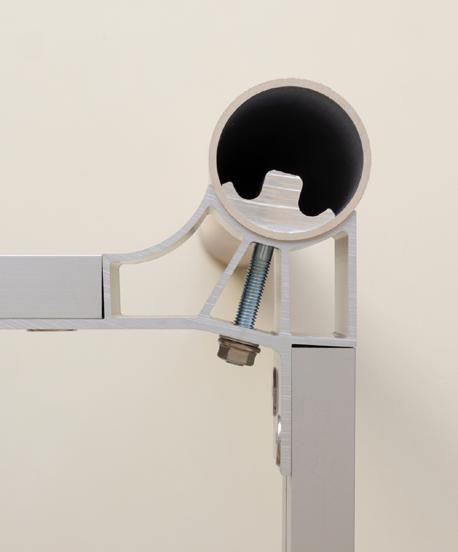
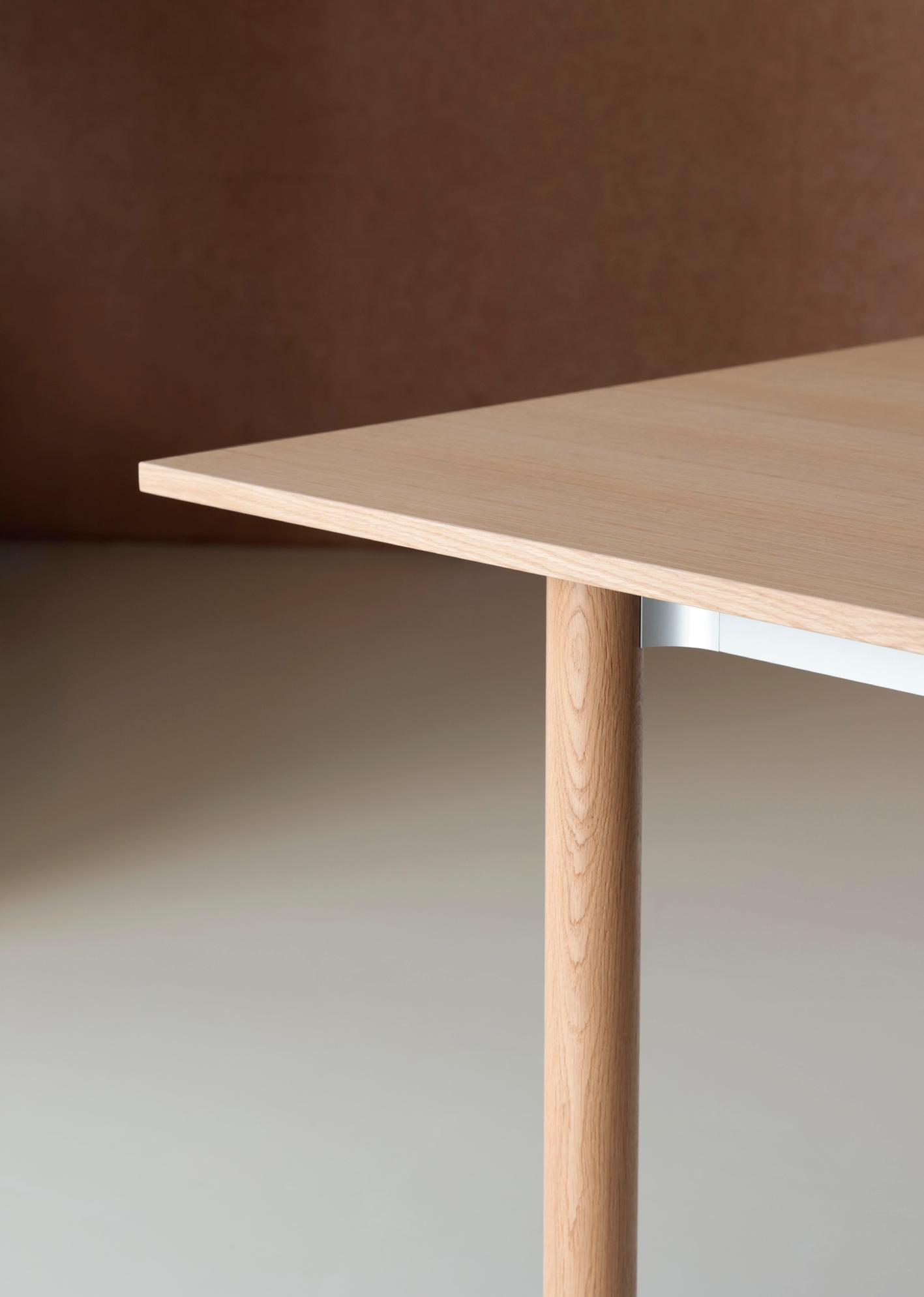
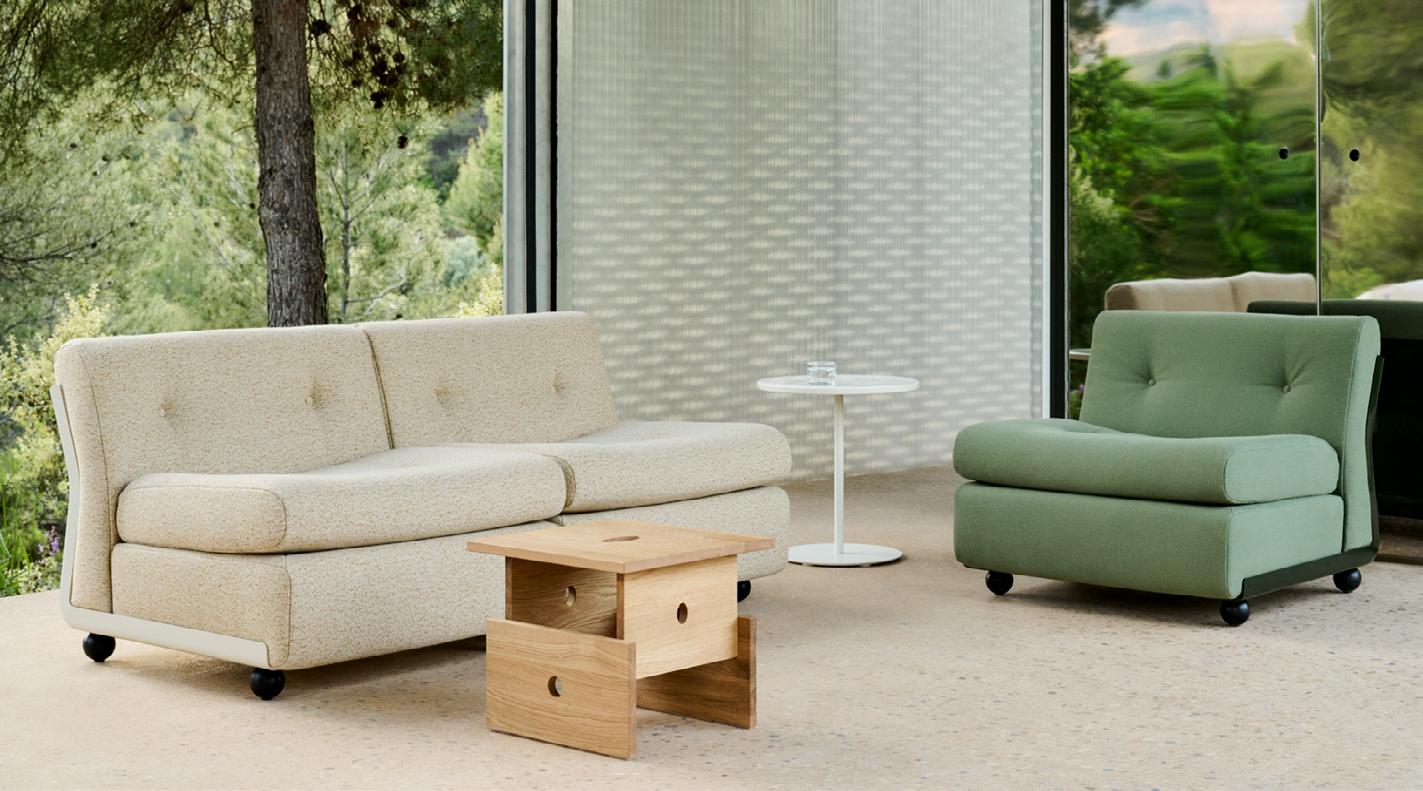
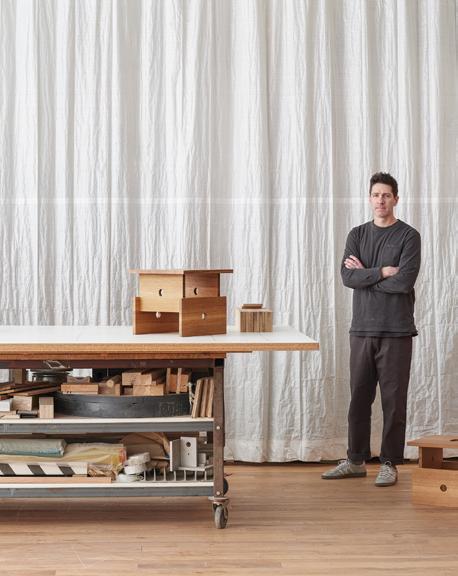
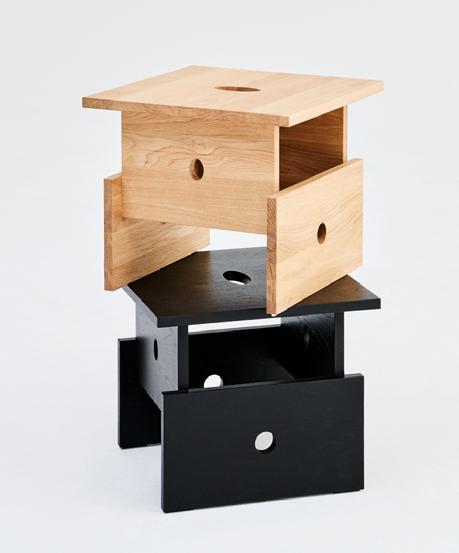
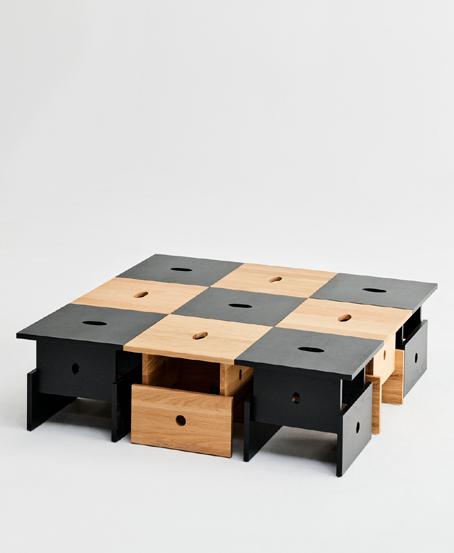
WOOD BOX COFFEE TABLE BY JONATHAN MUECKE
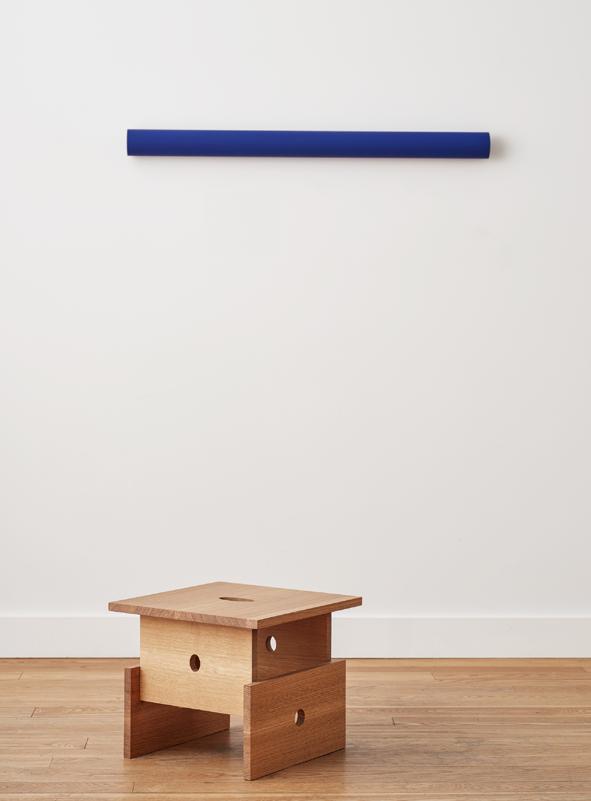
A SCULPTURAL PRESENCE
American designer Jonathan Muecke’s debut design for HAY, the Wood Box Coffee Table, explores the space between furniture and art – a compact piece defined by meticulous detailing and a sense of quiet intrigue. Crafted from solid oak with seamless joints and puzzle-like construction, it invites a closer look, revealing its character through precision rather than ornament.
Rooted in the designer’s experimental approach to proportion and form, Wood Box carries a distinctive presence – suited to life as a coffee table or sculpture to be enjoyed in its own right. It reflects HAY’s ongoing dialogue between design, art, and architecture, making thoughtful, edition-like pieces available to a wider audience.
O2 LOUNGE CHAIR BY JONAS FORSMAN
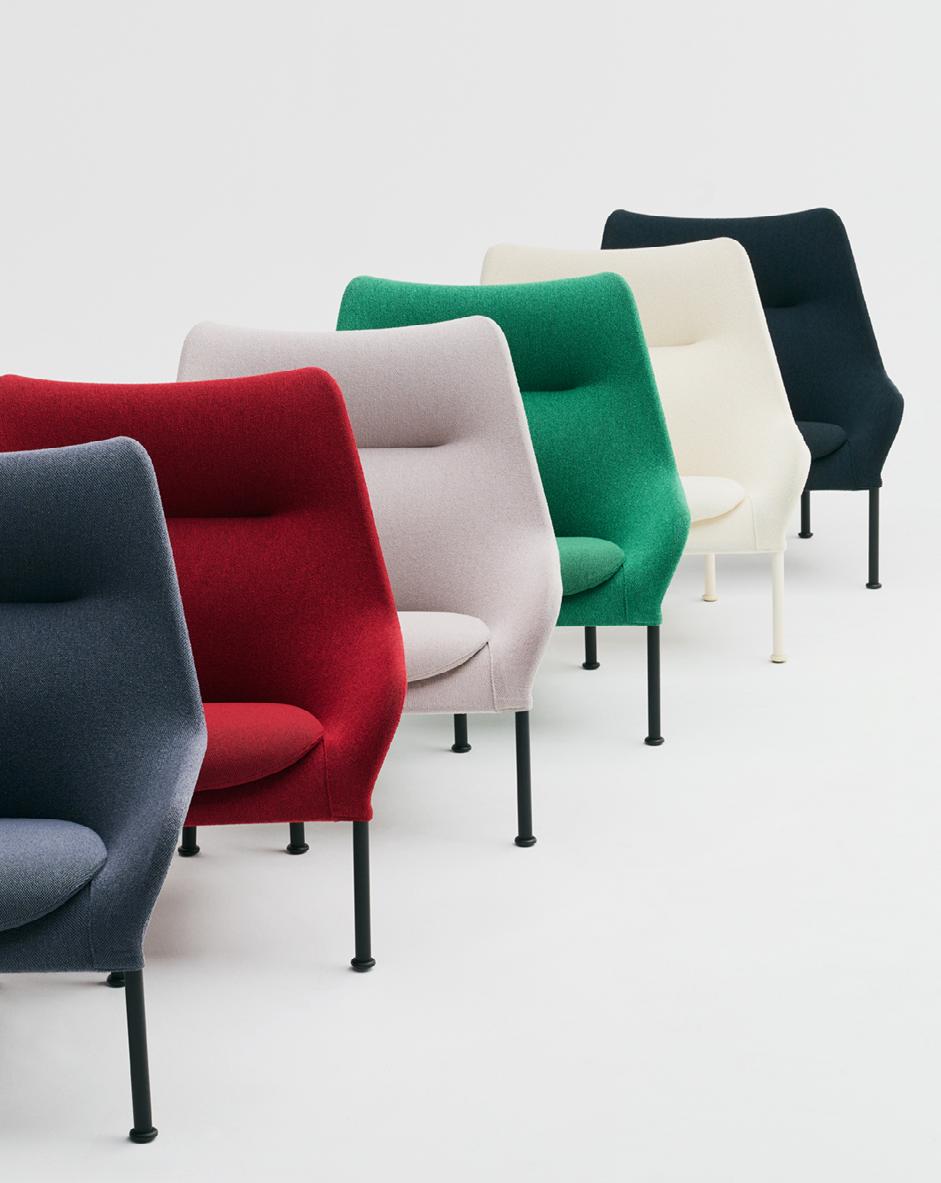
SITTING ON AIR: WHERE INNOVATION DEFINES FORM
Introducing the O2 Lounge Chair for HAY, where minimal materials create maximum comfort. With its innovative shrink-fit textile and streamlined steel frame, this design delivers a surprisingly supportive and generous seating experience – proving that less truly can be more.
At first glance, HAY’s new O2 Lounge Chair presents a voluminous, inviting form – lightweight, strikingly open, and minimalist in its appearance. But behind its distinctive silhouette lies a process that’s anything but ordinary. Designed by Swedish designer Jonas Forsman in his debut for HAY, the chair distills seating down to two prominent materials: a strong tubular steel frame and a specially developed textile. ‘I have a materialdriven approach to design,’ Forsman explains. ‘I
often start by asking how a material behaves under tension, and how I can use that behaviour to shape something – without adding anything extra.’
During production, the fabric cover is sewn and pulled over the frame, after which the entire chair is placed in an oven. The heat sets the textile, causing it to contract tightly and seamlessly contour the frame. The result is a self-supporting structure that feels as engineered as it is natural – shaped through the tension between textile, structure, and space. ‘In a way,’ Forsman adds, ‘air is like the third material used in this chair.’
A minimal layer of foam provides seat cushioning within the chair’s spacious frame, but Forsman’s ambition was to challenge traditional upholstery
methods and minimise material use wherever possible. ‘You came to us with a very relevant idea –the ambition to avoid the use of foam in upholstery,’ recalls Rolf Hay. ‘And in the end, you created a chair that just feels simple, comfortable, and beautiful.’
O2’s comfort is shaped directly through the interplay of material tension and space – textile, steel, and the air between – the very element from which the chair draws its name.
Far from a conventional upholstery process, this design approach reimagines how a restrained use of materials can still deliver generous comfort. It’s a quiet feat of material science – one that not only shapes form but reflects HAY’s deeper commitment to innovation that works from the inside out.
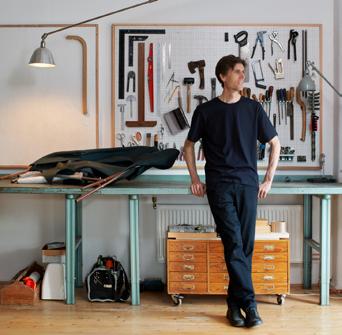
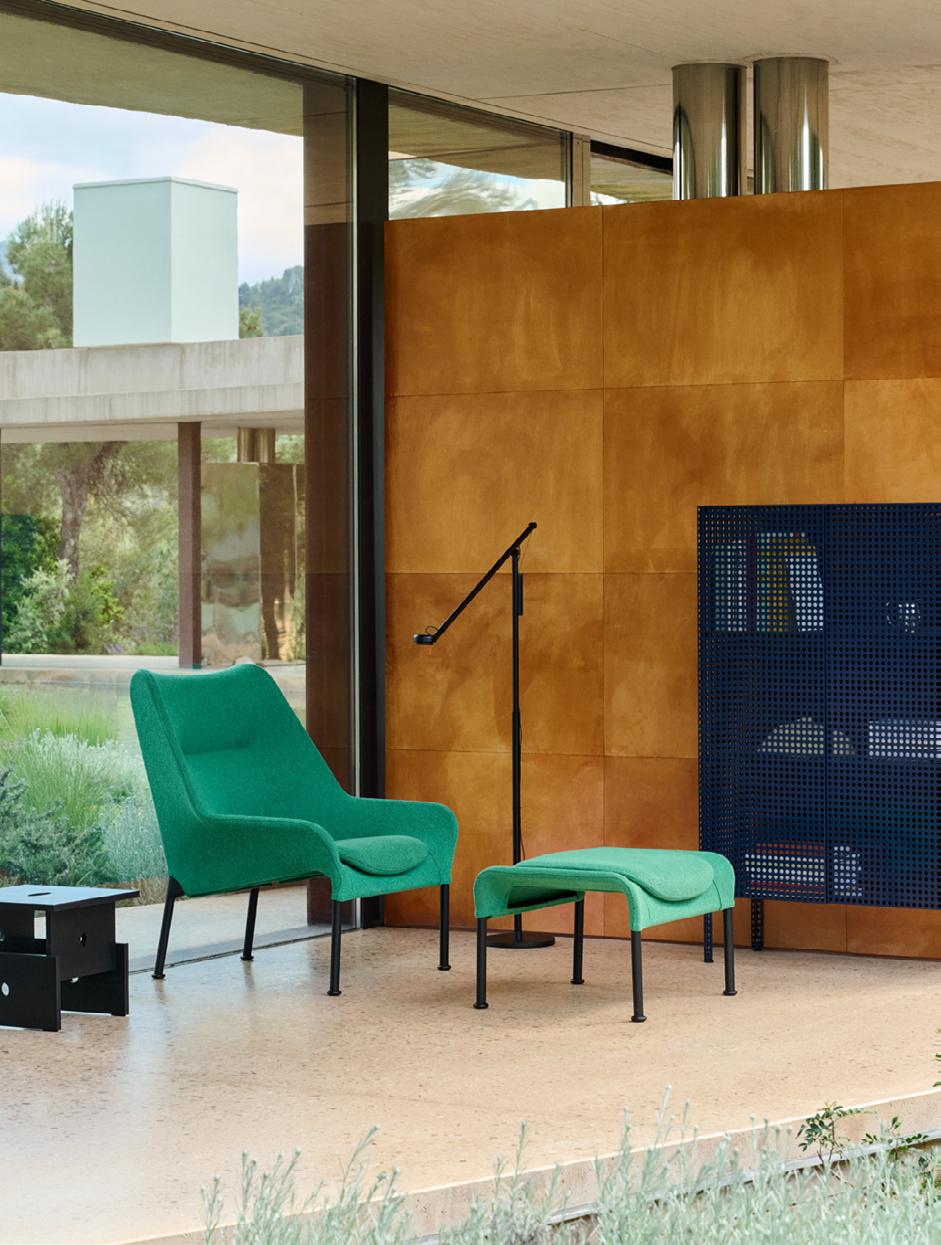
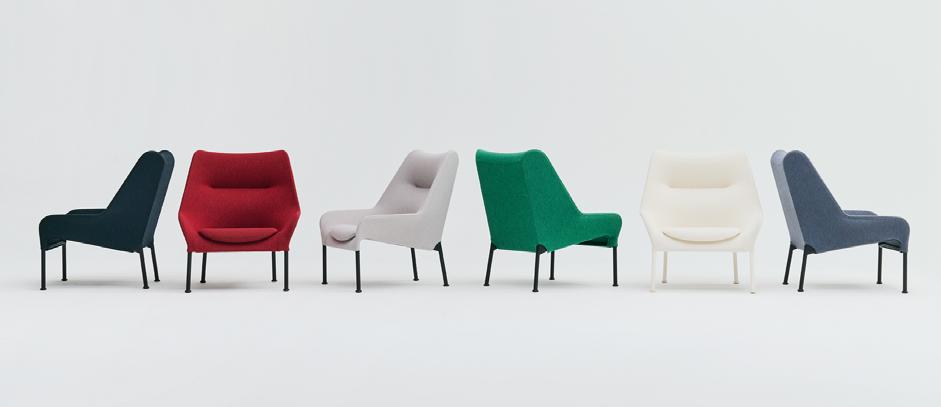
ACCESSORIES NEWS
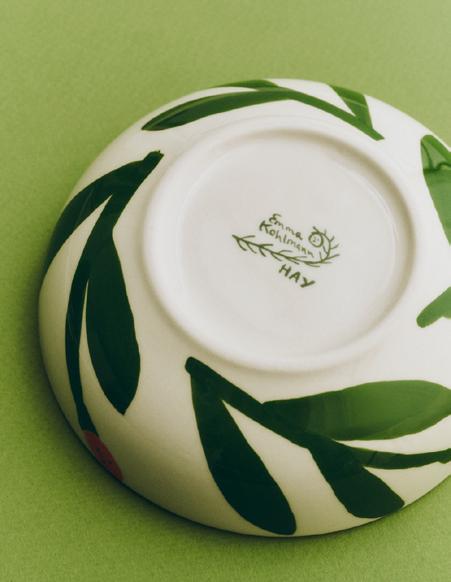
Guided by a deep appreciation for the objects we use every day, HAY’s latest accessories infuse colour and functionality into daily life – from soft furnishings for the home to modern kitchen and dining designs, including the expressive La Pittura tableware collection by Emma Kohlmann, as well as bed and bath essentials.
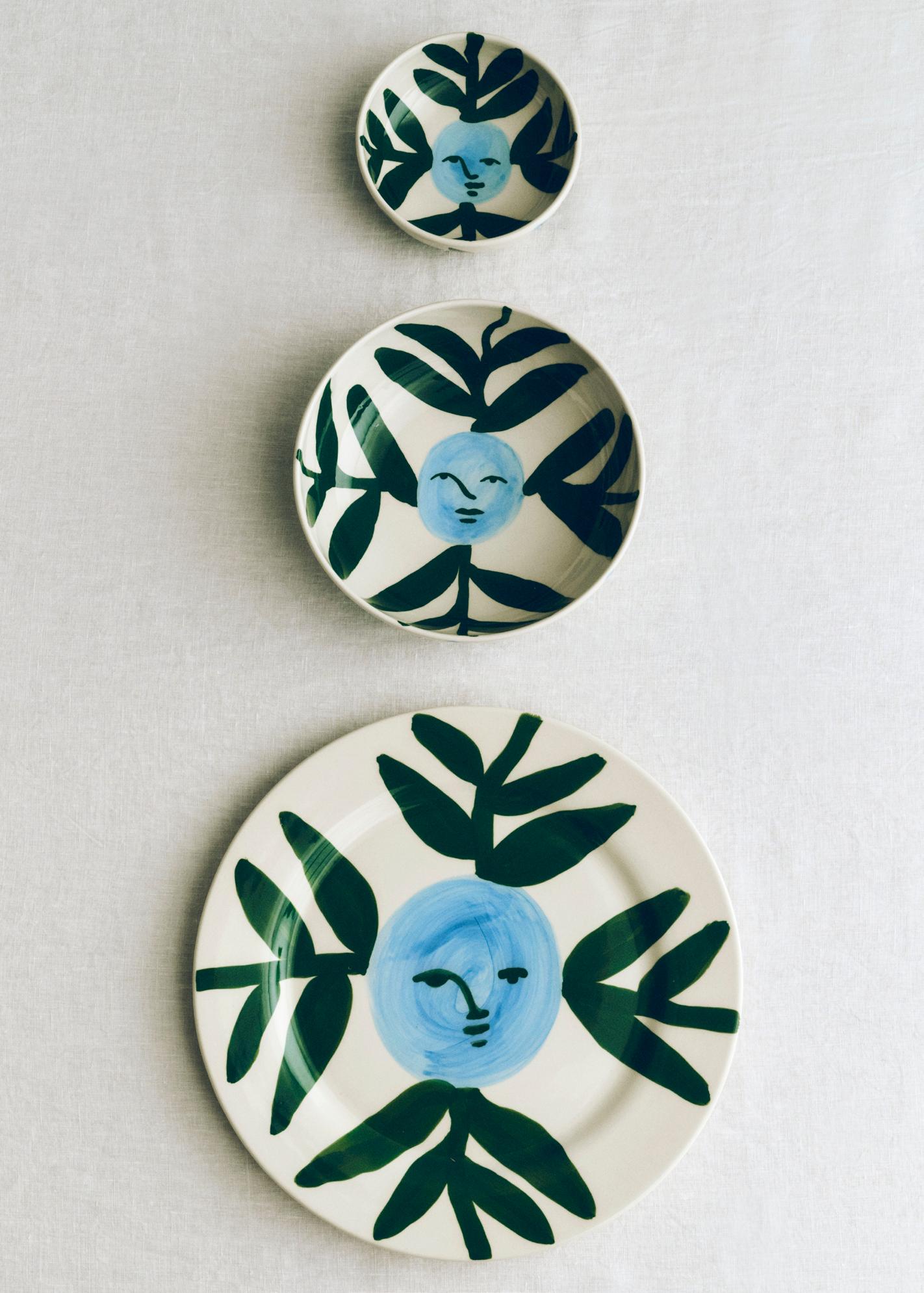
LA PITTURA BY EMMA KOHLMANN
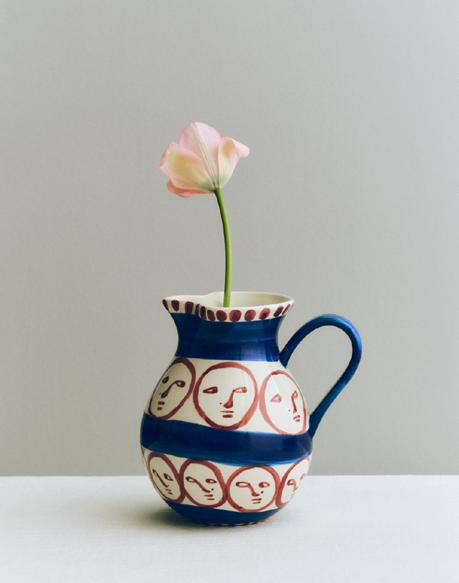
THE ART OF THE EVERYDAY
Mette and Rolf Hay’s appreciation for art predates the founding of their namesake company; it has always existed in tandem with the husband-andwife duo’s enduring love for design. This shared sensibility – rooted in curiosity, creativity, and a desire to make good design accessible to the widest possible audience – has become a defining element of HAY’s DNA.
This ethos has led HAY to work with many international artists and makers over the years. Each partnership is grounded in a shared respect for aesthetics, craftsmanship, and the role design plays in shaping culture. Rather than simply applying artwork to products, HAY invites artists to explore how their creative language can live and evolve in functional form – transforming everyday items into small works of art that people can engage with regularly.
Among those artists is Massachusetts-based Emma Kohlmann, whose painterly world has long resonated with Mette Hay, Creative Director of HAY Accessories. ‘Our first two works from Emma
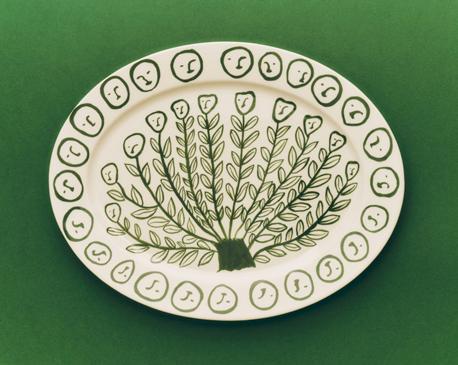
were watercolours,’ Mette shares. ‘I bought them years ago through V1 Gallery in Copenhagen, which is where I met Emma. We are lucky to live with them, and I admire them daily.’ Since then, the HAY founders’ collection of Kohlmann’s work has continued to grow, including oil paintings, pieces with engraved wooden frames, and other artworks.
That personal connection has now taken tangible form in La Pittura, a new ceramic tableware collection. Italian for ‘the painting,’ the range allows Kohlmann’s expressive visual language to find a new canvas – one that’s made to be held, shared, and lived with. Her motifs unfold across the surfaces of plates, mugs, jugs, and more. Kohlmann describes it as ‘the painted collection for HAY’ – a fusion of art and daily ritual, where each object carries the expressive immediacy of her work.
The American artist’s practice is deeply intuitive and deeply alive. ‘I start with a line and see where it takes me,’ she says. Her inspiration is vast, ranging from mythology and love to spiraling flower stems, bodily forms, and architectural structures. For La Pittura, she delved into visual history at the Metropolitan Museum of Art in New York – drawing from Italian Renaissance pottery, Art Deco design, and Danish ceramic traditions. This research was shaped by a longstanding fascination with historical ceramics, nurtured by countless visits to the museum beginning in her childhood, and by a curiosity about how these forms have evolved across cultures and eras.
‘Each individual item in the collection is imperfect,’ she says. ‘There’s nothing perfect about it – because it’s made by people.’ These human markings, visible in every brushstroke and contour, are part of what gives the collection its soul. All pieces are brought to life by skilled artisans who have studied Kohlmann’s work closely – translating her visual
language with care and fidelity onto the handpainted ceramic tableware collection. She sees everything as living – and in this way, her motifs give the objects a quiet vitality that exudes gently from their surface.
This sense of life is what resonates with Mette. ‘Serving food in a beautiful bowl or on a handpainted plate – it just changes the experience,’ she says. Mette is a firm believer that art belongs not just in the objects we surround ourselves with, but in the rituals and quiet moments they help shape. For her, colour and art are ‘like the sun’ – essential, energising, and joyful.
Reflecting on the collaboration, Mette notes the unique energy that comes from working with an artist like Kohlmann. ‘I’ve been building the HAY collection for more than 20 years, and it’s a dream to work with people from outside our industry,’ she says. ‘It brings something new to the table –something unexpected.’ With artists, the HAY cofounder explains, the approach is different: ‘I have so much respect for their world. I don’t interfere. I let their language lead.’
At the heart of Kohlmann’s work is also a belief in accessibility. ‘It was important to me to make something that people could afford and would want to live with,’ she says. That value – of art for the many, not the few – echoes HAY’s founding mission. La Pittura is not precious in the traditional sense. It’s art that invites use, interaction, and everyday connection.
Through this creative exchange, Emma Kohlmann’s vibrant universe finds a new rhythm in the everyday. Each object is a reminder that beauty isn’t distant or rare – it’s here, in the things we touch, the meals we share, and the life we create around them.
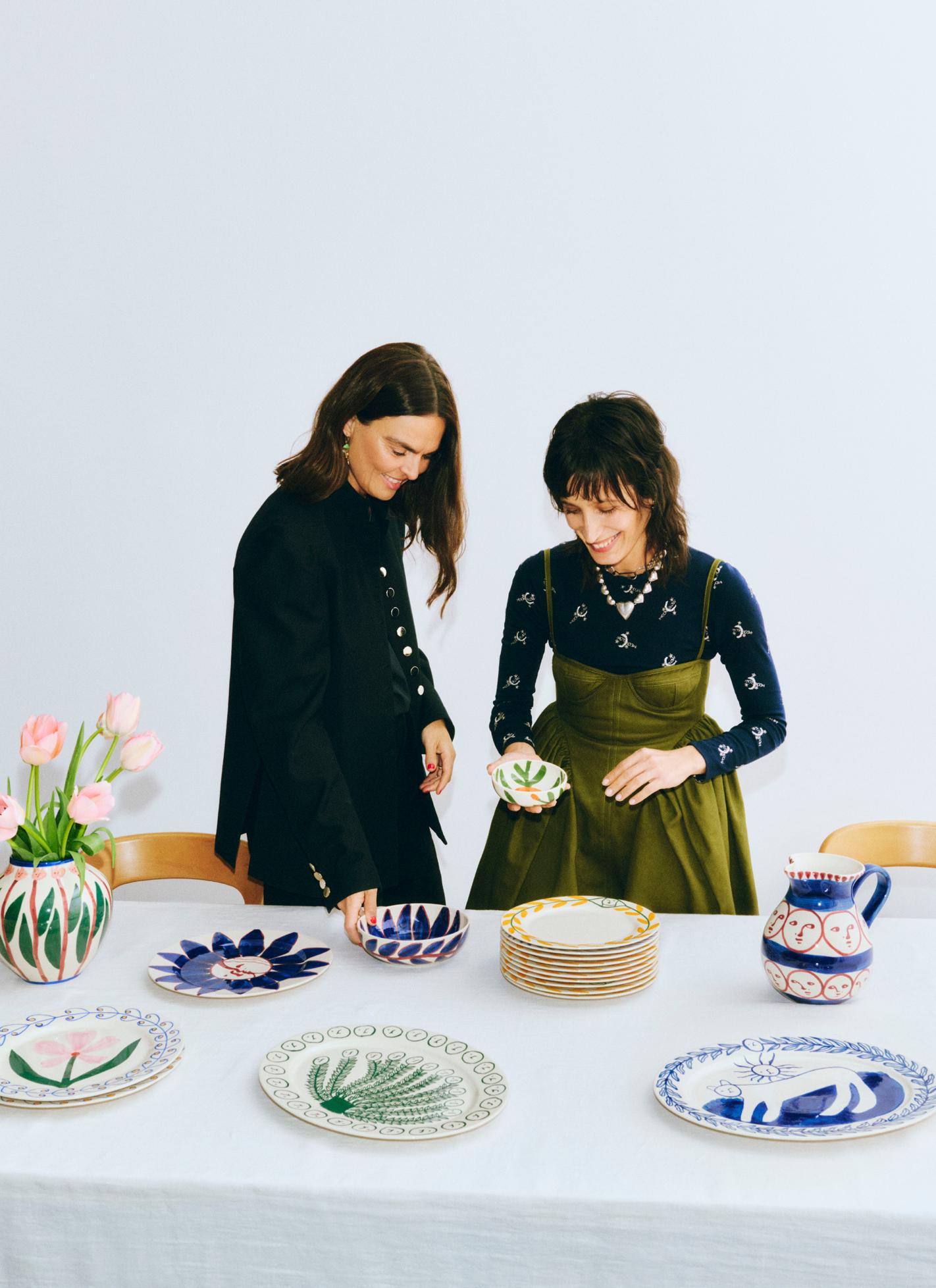
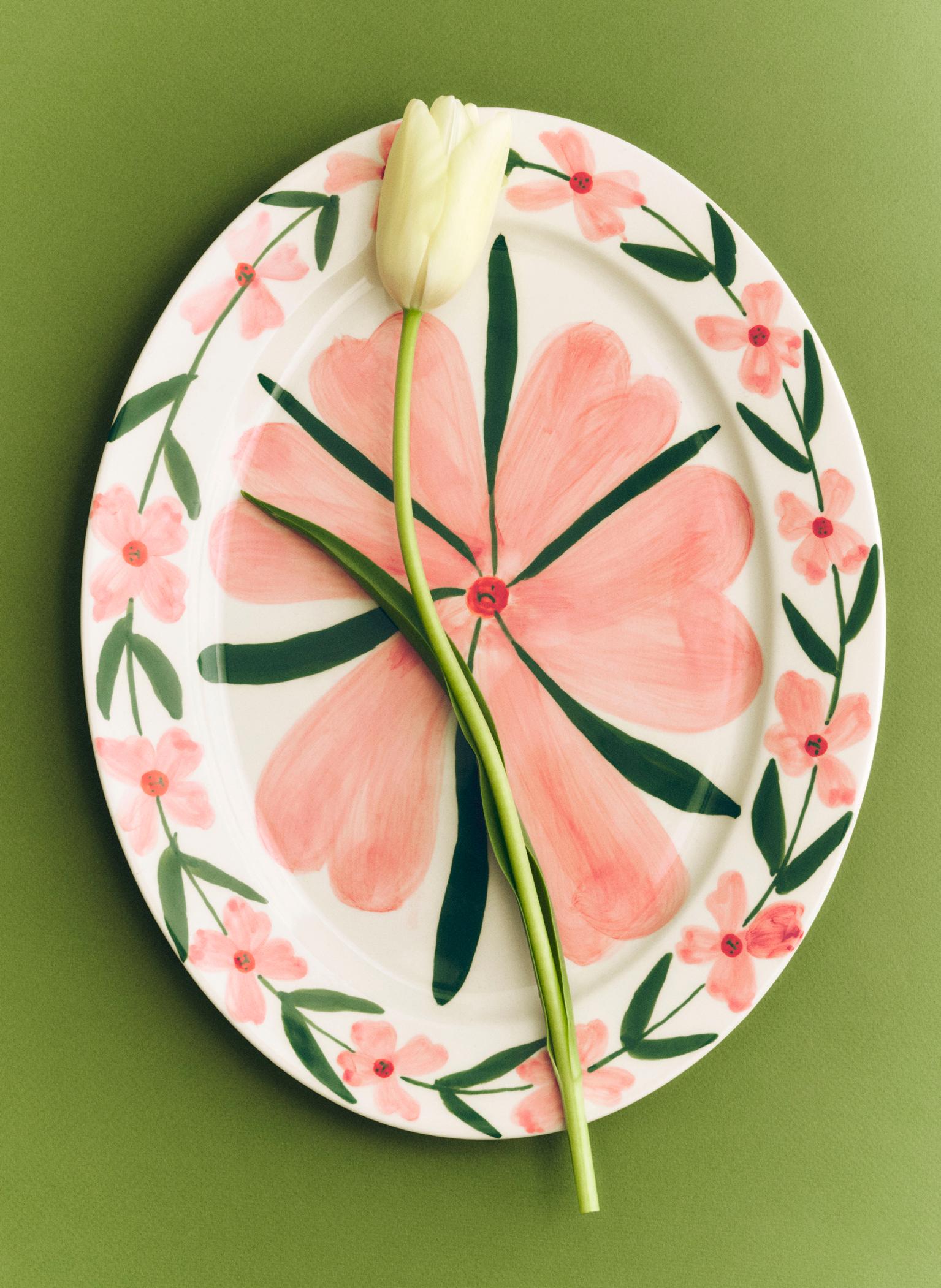
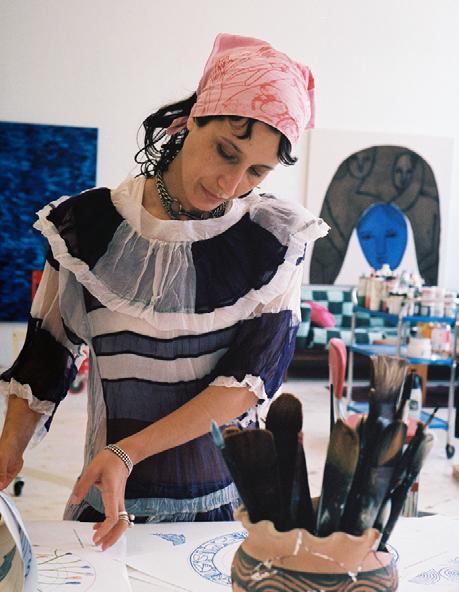
EMMA KOHLMANN: IN PRACTICE
Emma Kohlmann is an internationally recognised American artist whose work spans a diverse range of mediums, including drawing, painting, zines, digital art, and writing. Her distinct visual universe deliberately democratises art forms, making them accessible to wider audiences. Kohlmann attended Hampshire College in Amherst, MA, where she studied philosophy and feminist theory before graduating with a Bachelor of Arts degree.
Now based in Massachusetts, her artistic practice blends abstraction and figuration, exploring
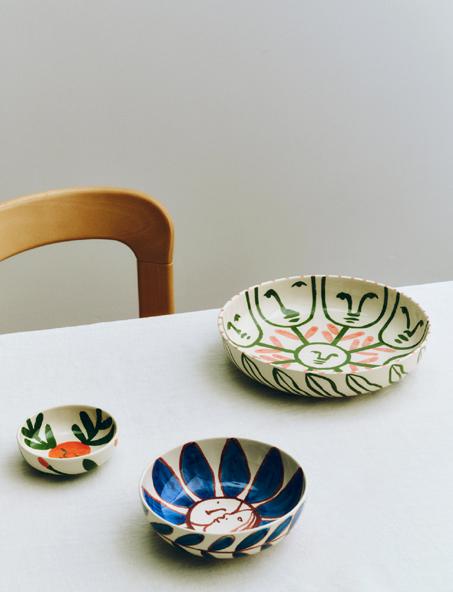
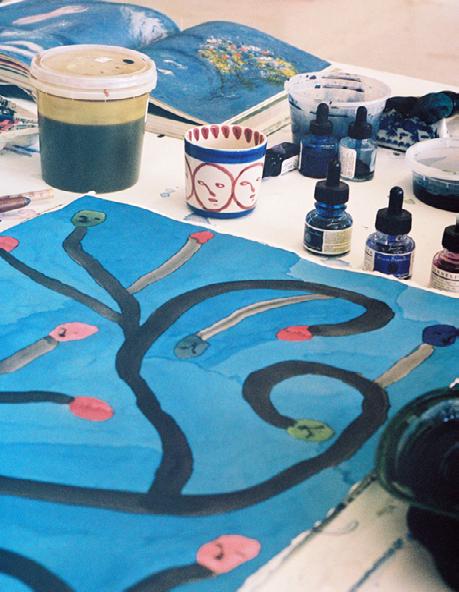
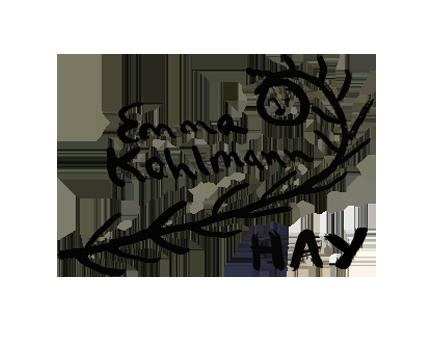
the boundaries between dreams and reality, identity, and the human condition through fluid, organic forms. Often centred around themes of gender and fluidity, her work challenges traditional notions and boundaries, as well as commonplace understandings of the world. She also co-runs Mundus Press with her sister, Charlotte Kohlmann – an inclusive, collaborative community focused on equitable and affordable publishing. Represented by V1 Gallery in Copenhagen, Kohlmann has exhibited in solo and group shows across Denmark and abroad.

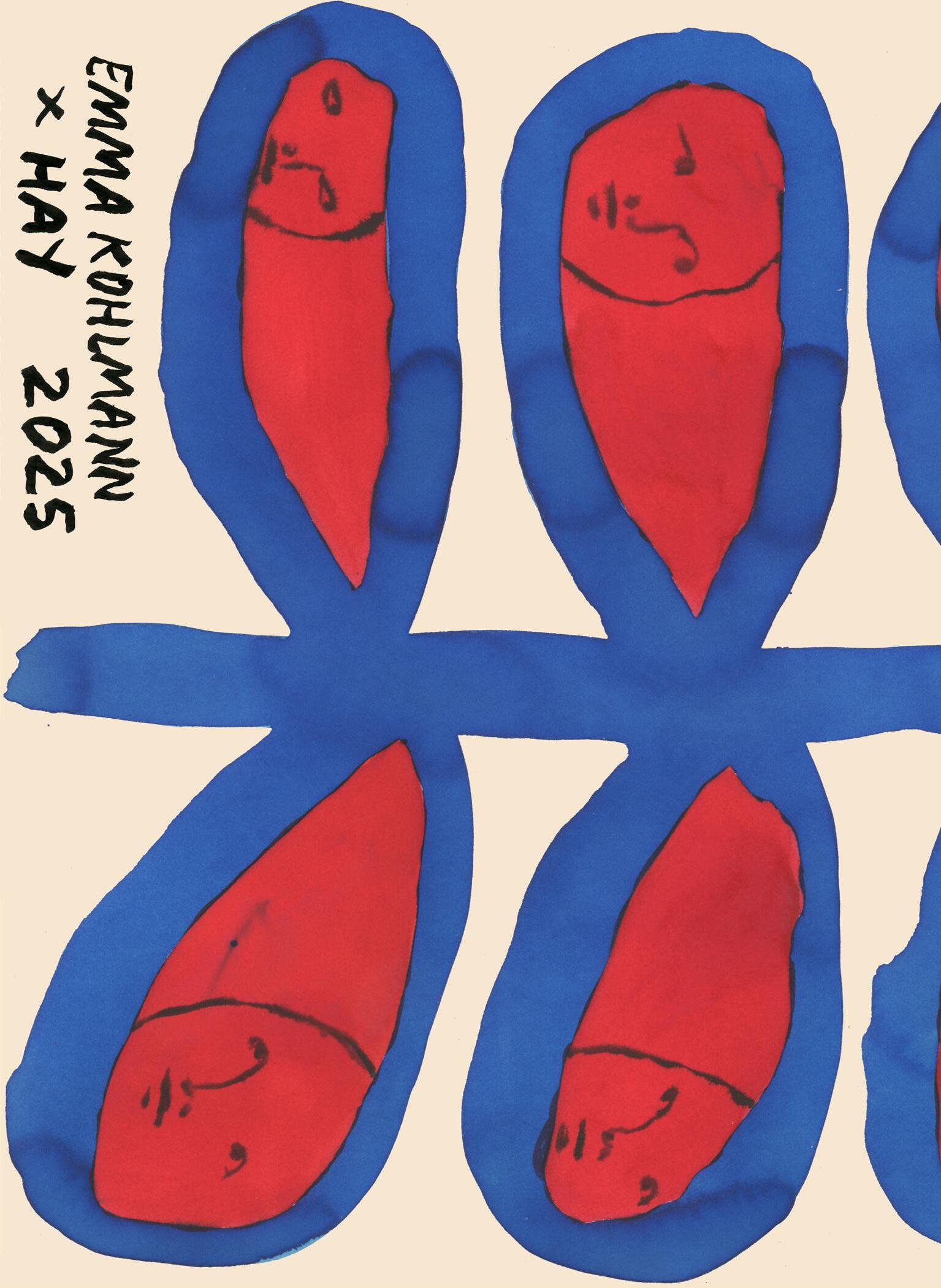
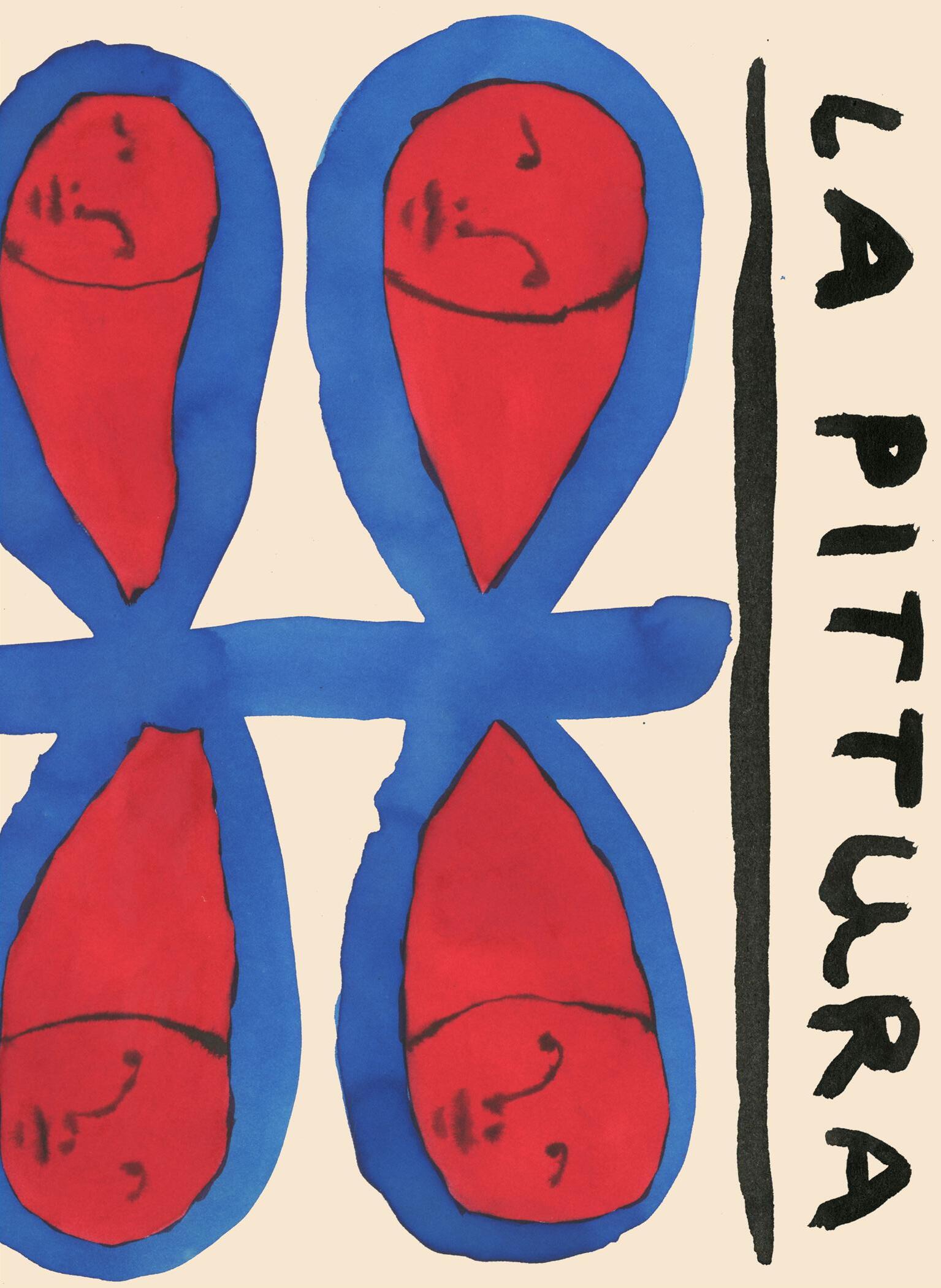
LOOP BIN
Designed with a pared-back expression and practical intent, Loop is a rectangular pedal bin that brings thoughtful design to everyday waste management. The soft-close lid and foot pedal ensure quiet, hands-free use, while a recycled ABS bag ring keeps liners neatly hidden and securely in place. Made from stainless steel and available in a range of sizes and colours, Loop offers a versatile solution for kitchens, bathrooms, and beyond.
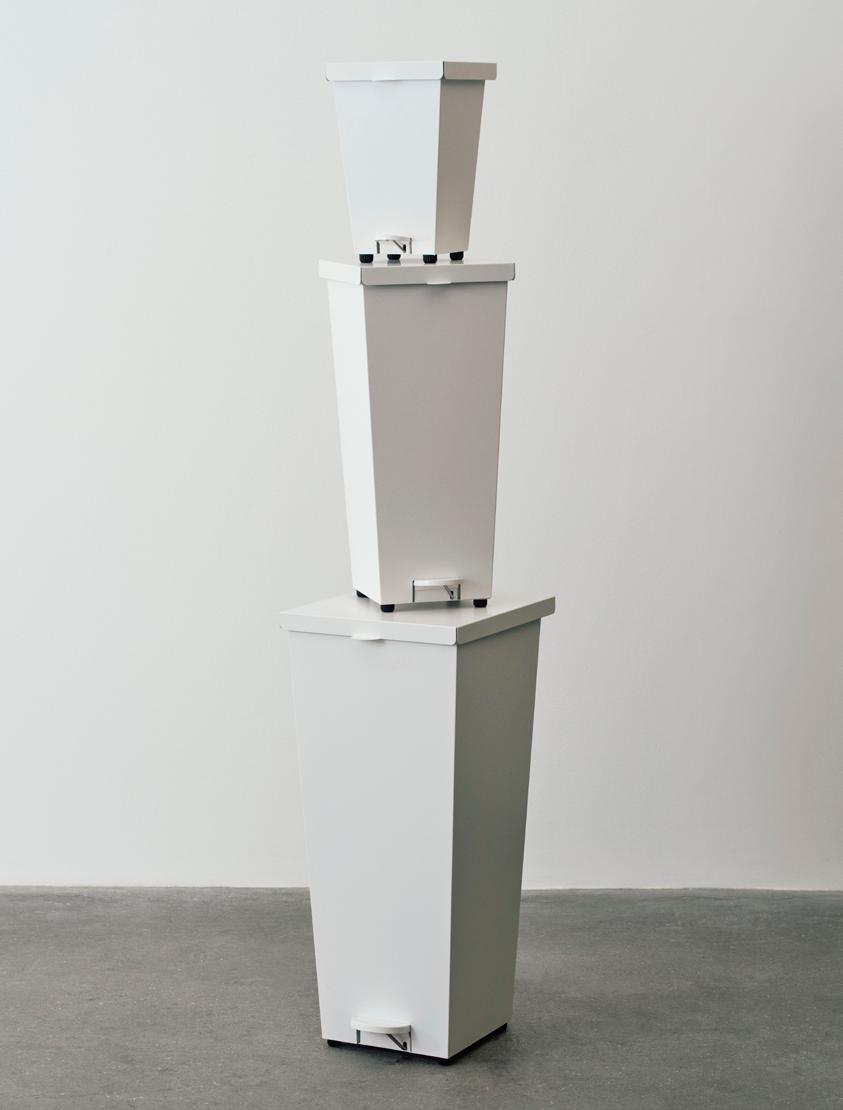
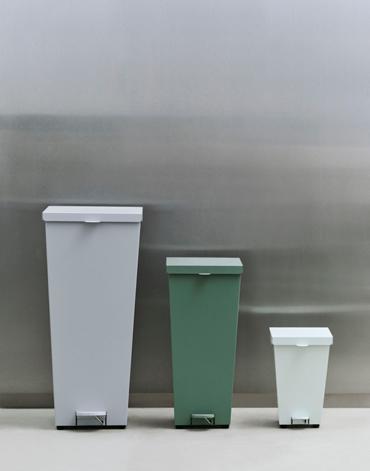
BY LEIF JØRGENSEN
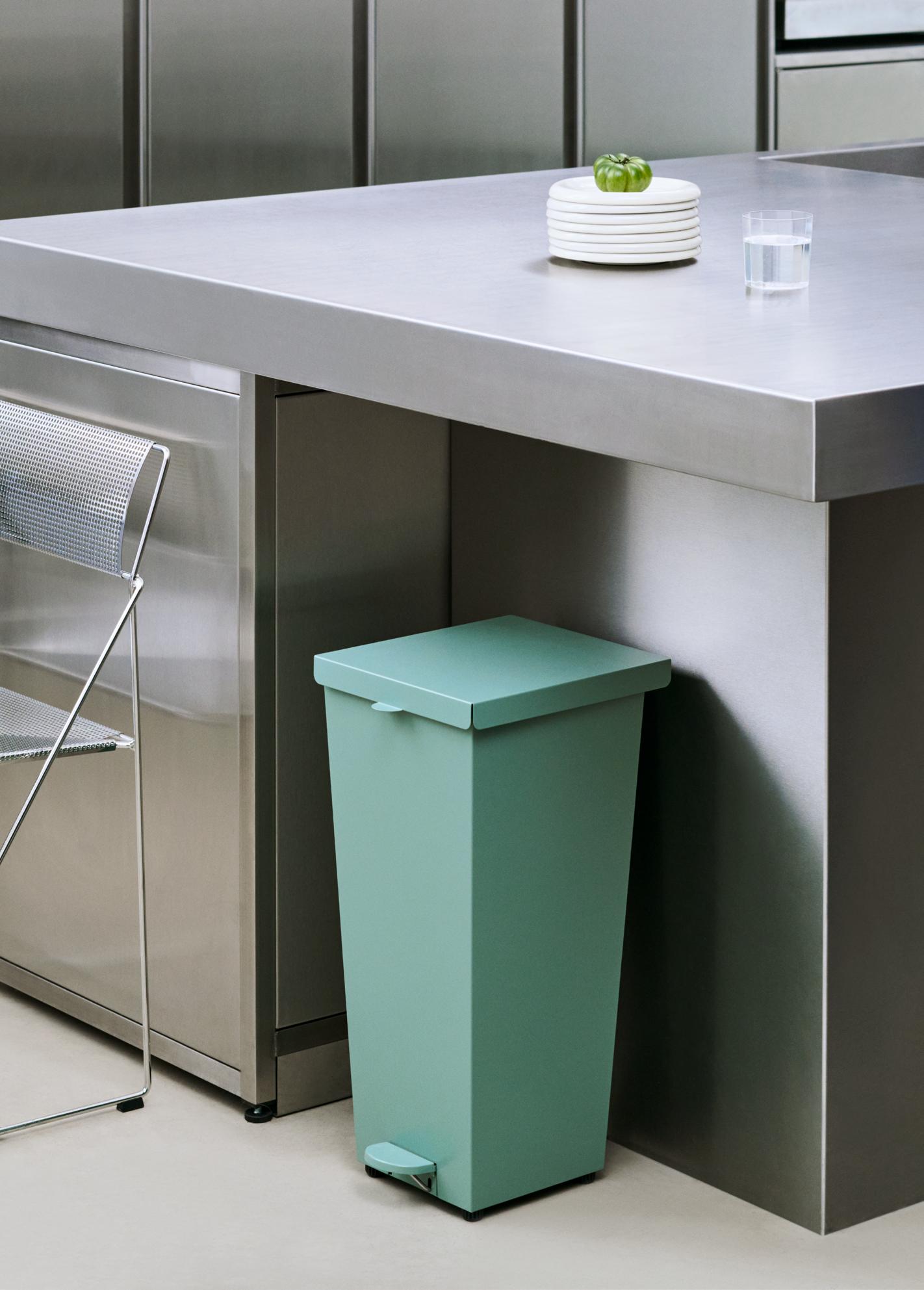
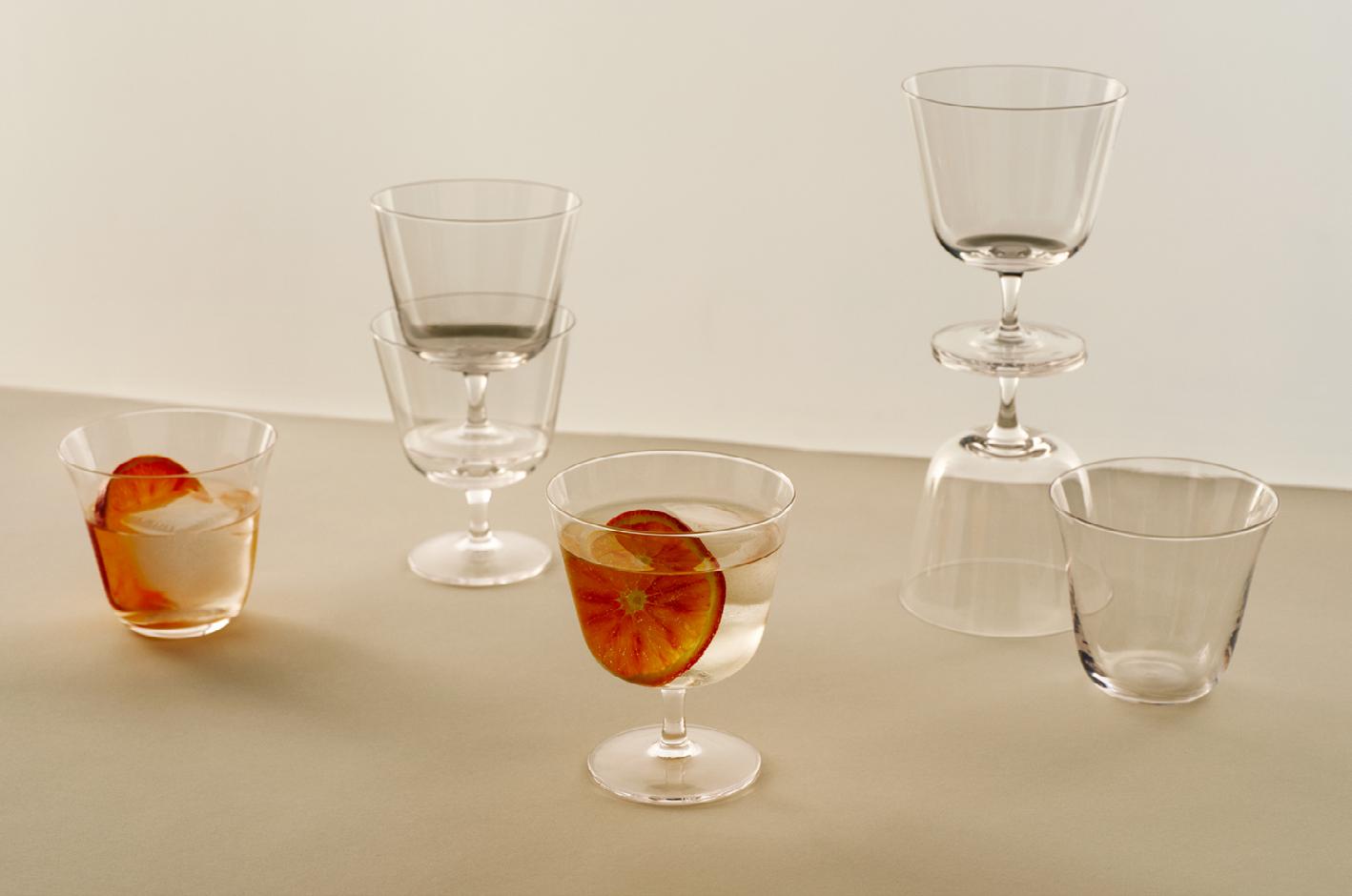
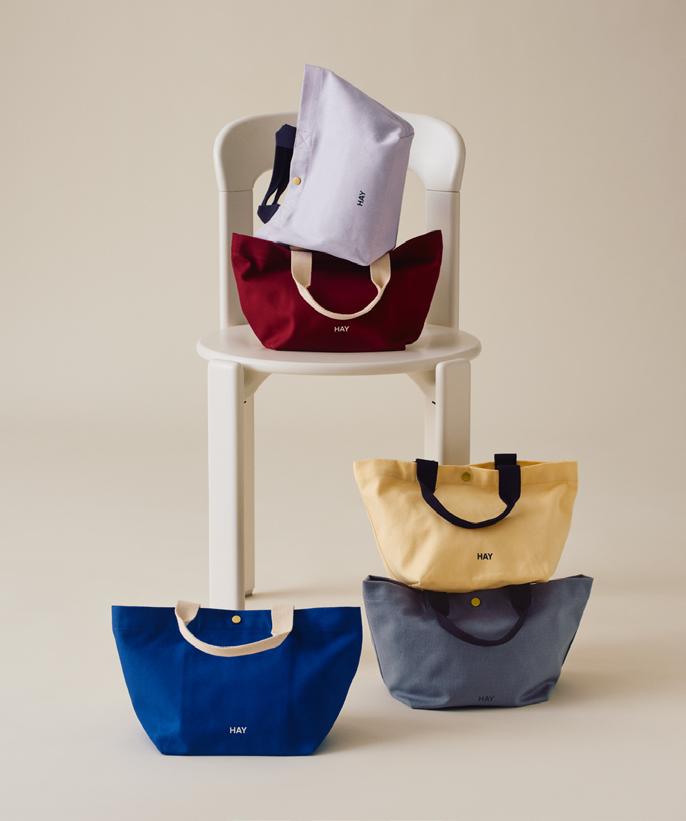
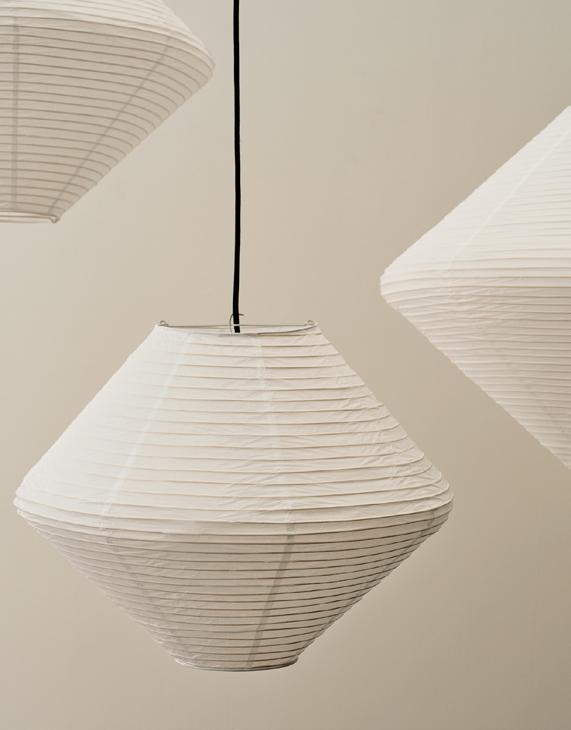
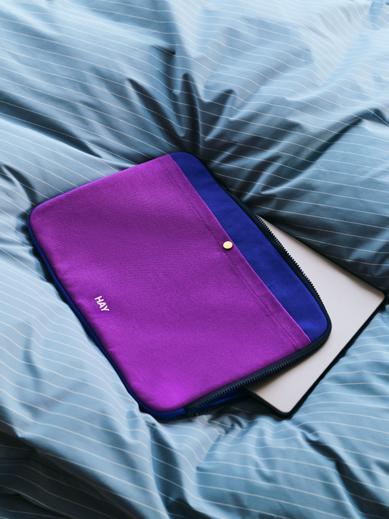
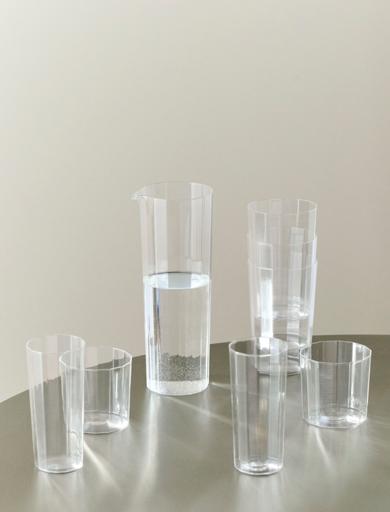
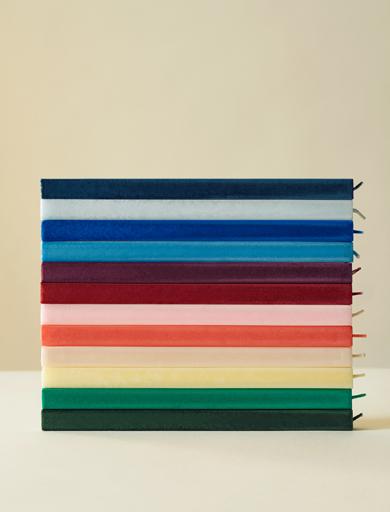
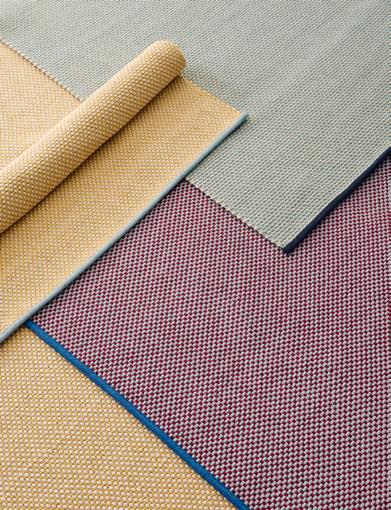
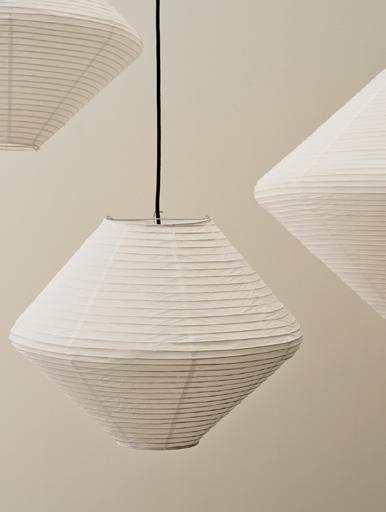
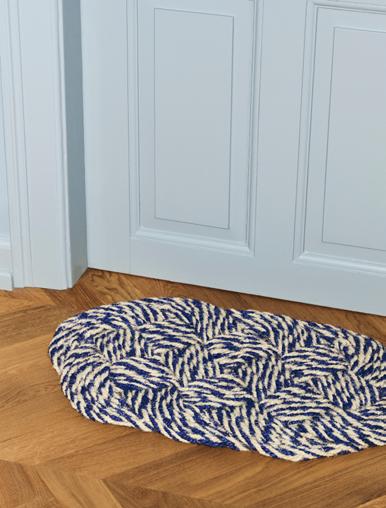
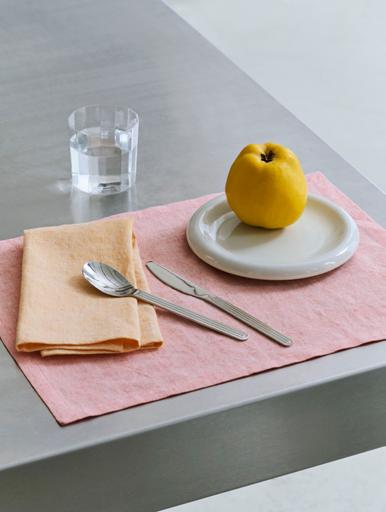
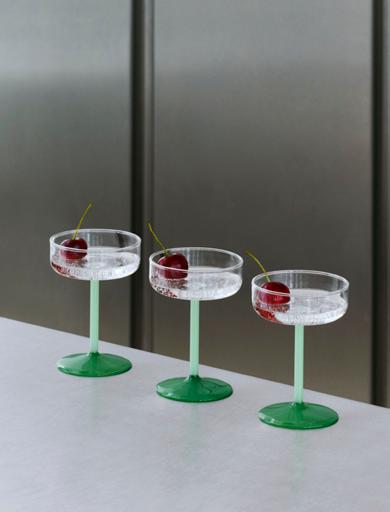
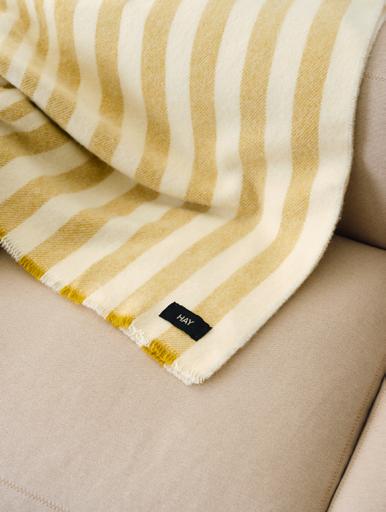

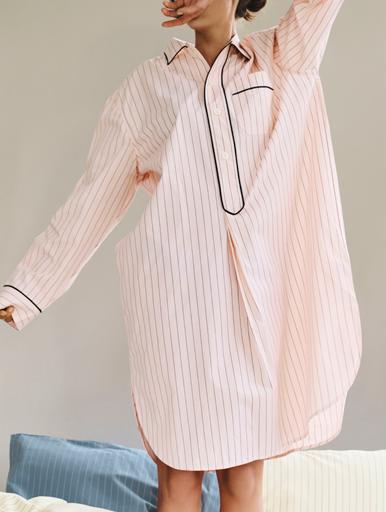
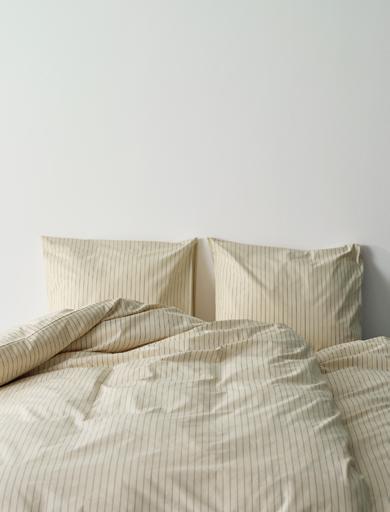
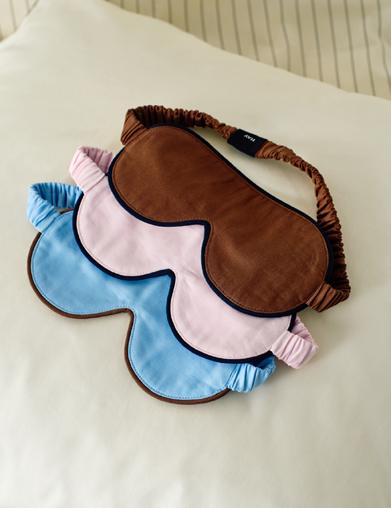
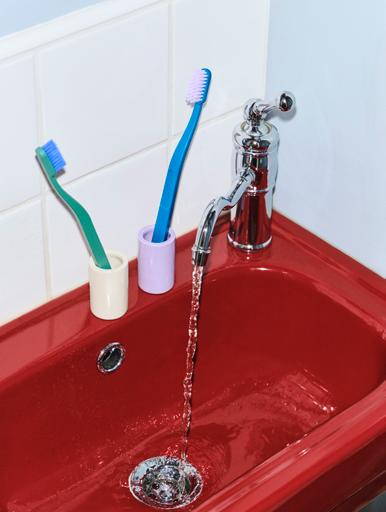
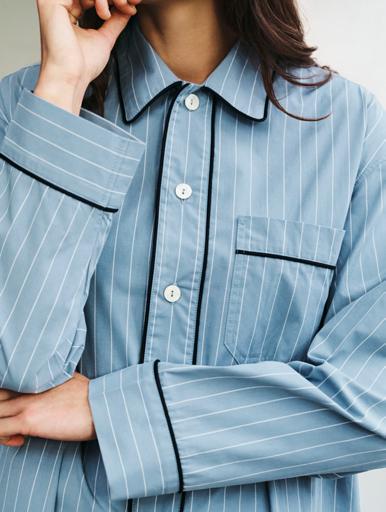
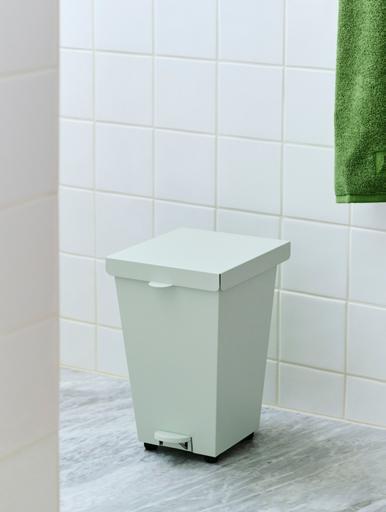
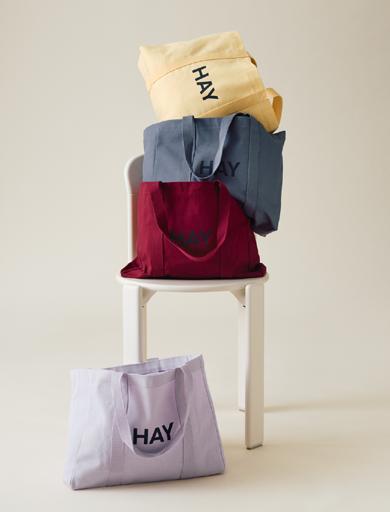
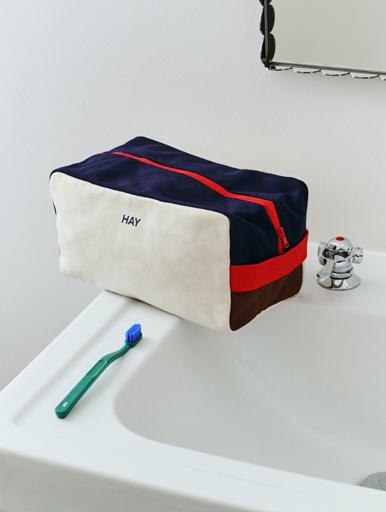
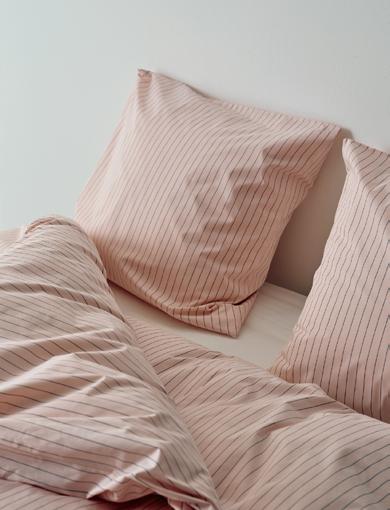
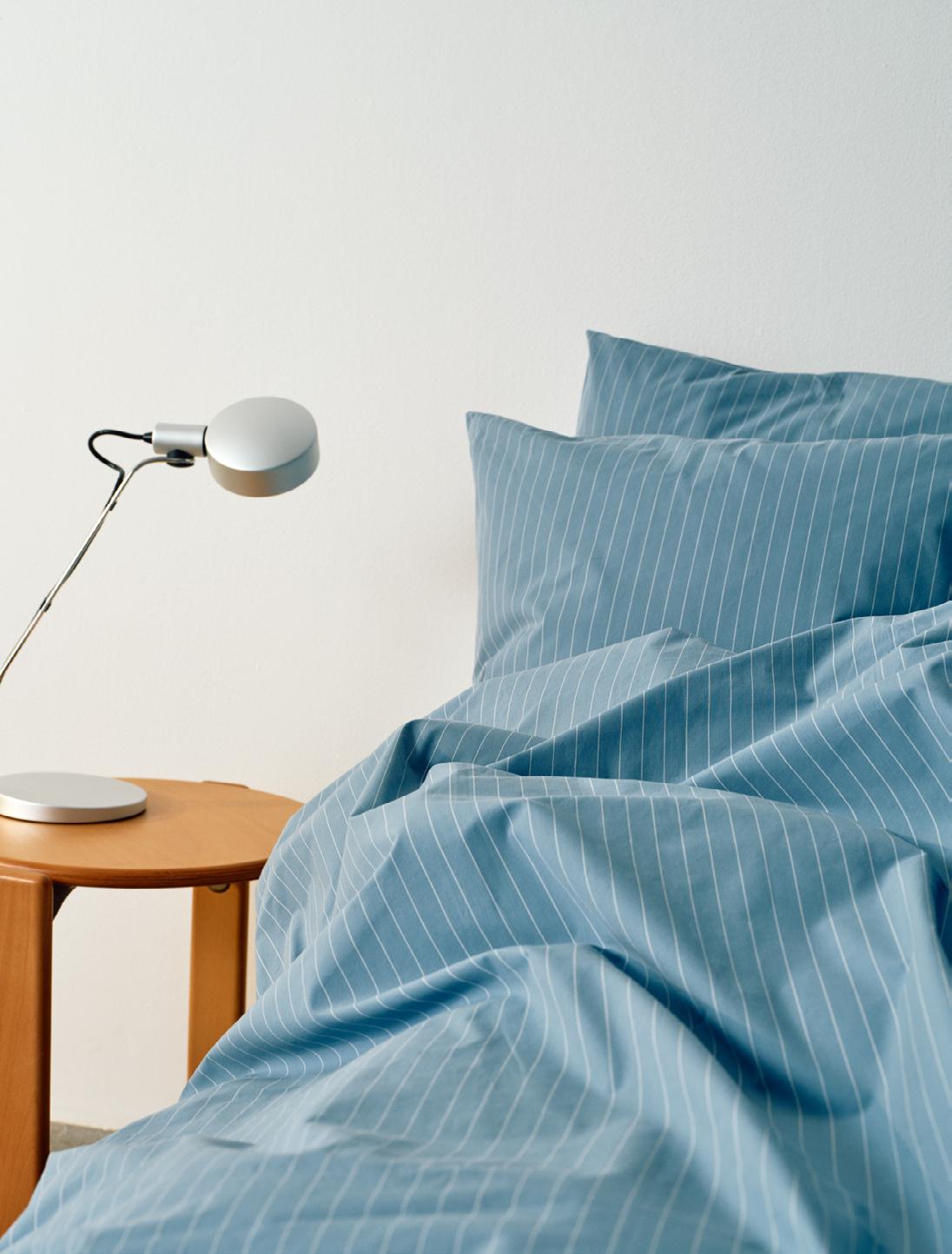
LIGHTING NEWS
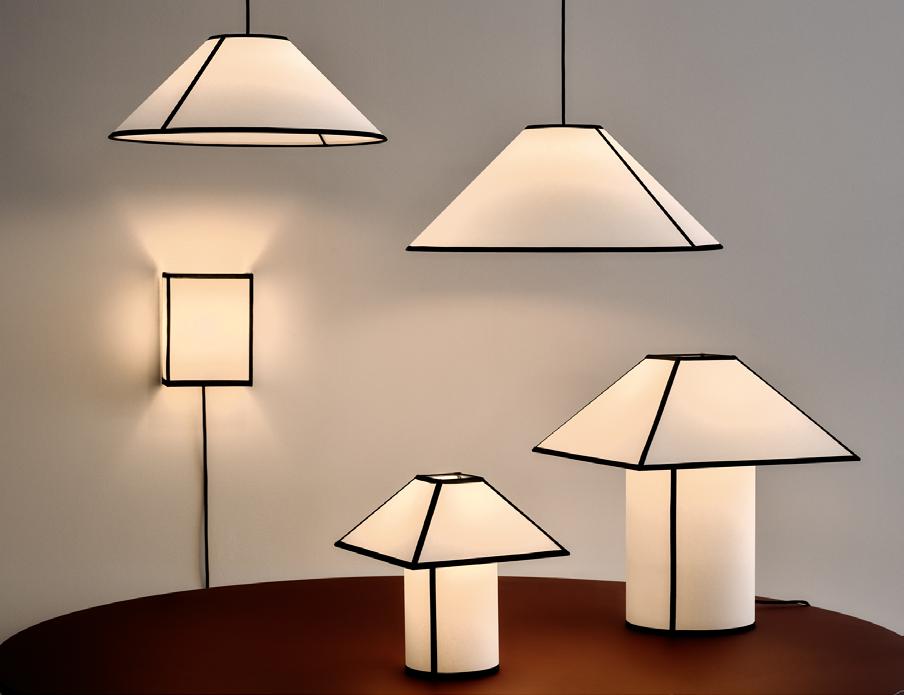
HAY introduces new lighting by Ana Kraš, Julien Renault, and Romain Sillon – from the soft, graphic presence of the Ava lamp series to the directional functionality of the Compass Pendant and the atmospheric nuance of the Twist Floor Lamp – each offering a distinct approach to light, form, and everyday use.
AVA LAMP SERIES
The result of an impromptu design made from wire, paper, and textile tape after moving into a new apartment in Paris in 2021, Ava transforms a spontaneous idea into a refined collection of table, wall, and pendant lights. Crafted from ECOPET™ –a recycled PET material – and finished with graphic fabric piping, the shade combines paper-like lightness with a soft ambient glow. With its archetypal forms and quiet character, the design offers a contemporary take on the classic lampshade.
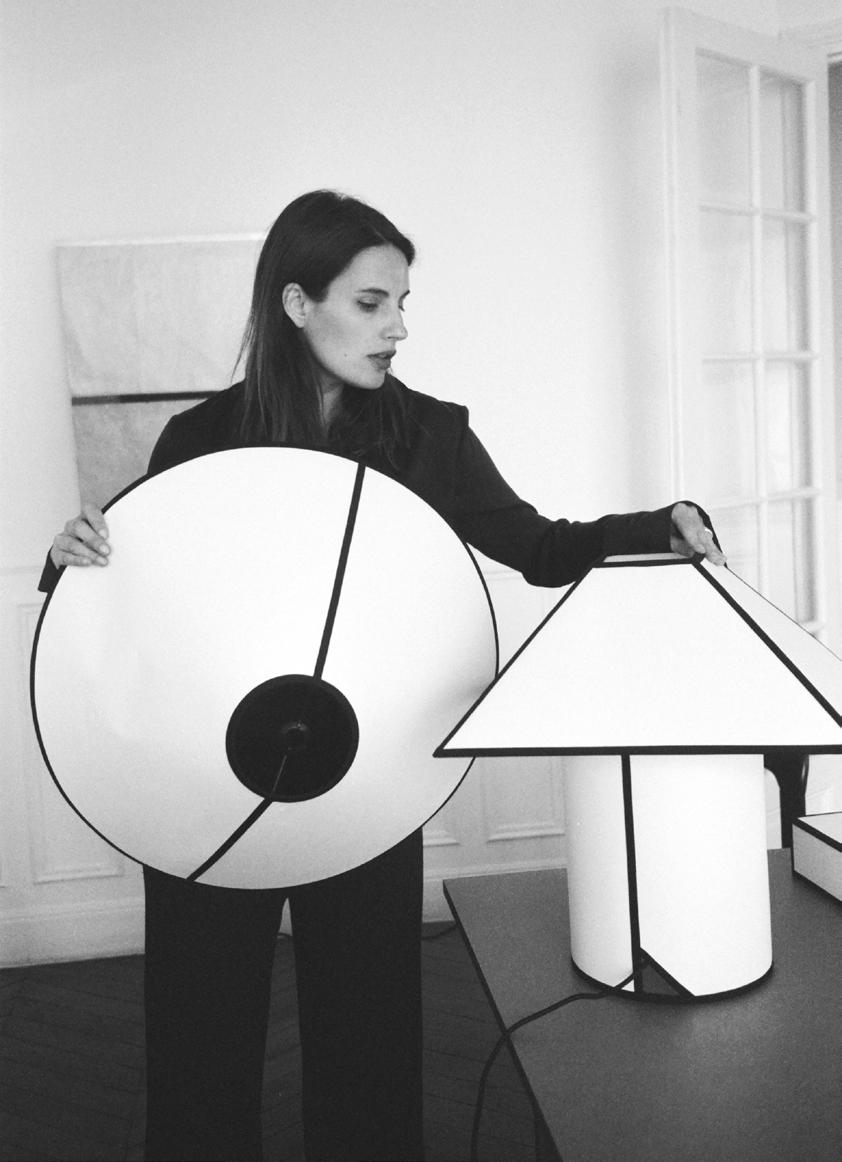
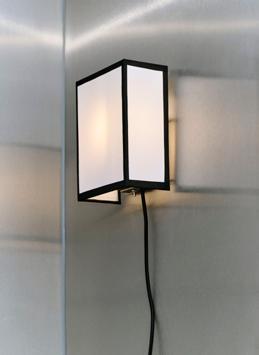
TWIST FLOOR LAMP
In the French designer’s debut for HAY, Twist is a sculptural uplight featuring a height-adjustable mechanism activated by drawing out the central shaft. A single, tactile gesture alters the lamp’s posture – raising or lowering the light source and subtly shifting both its reach and the atmosphere of the space around it.
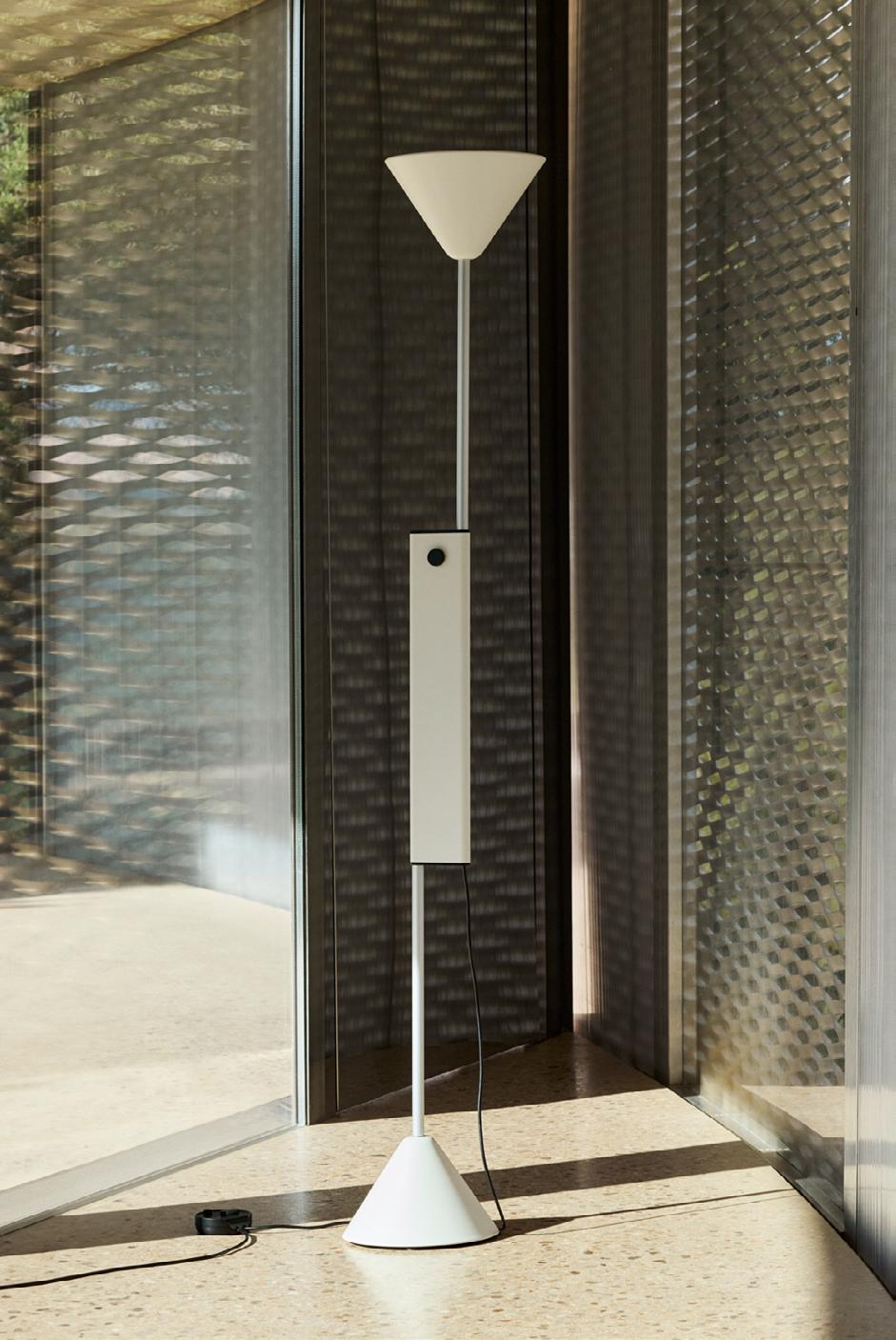
BY ROMAIN SILLON
COMPASS PENDANT
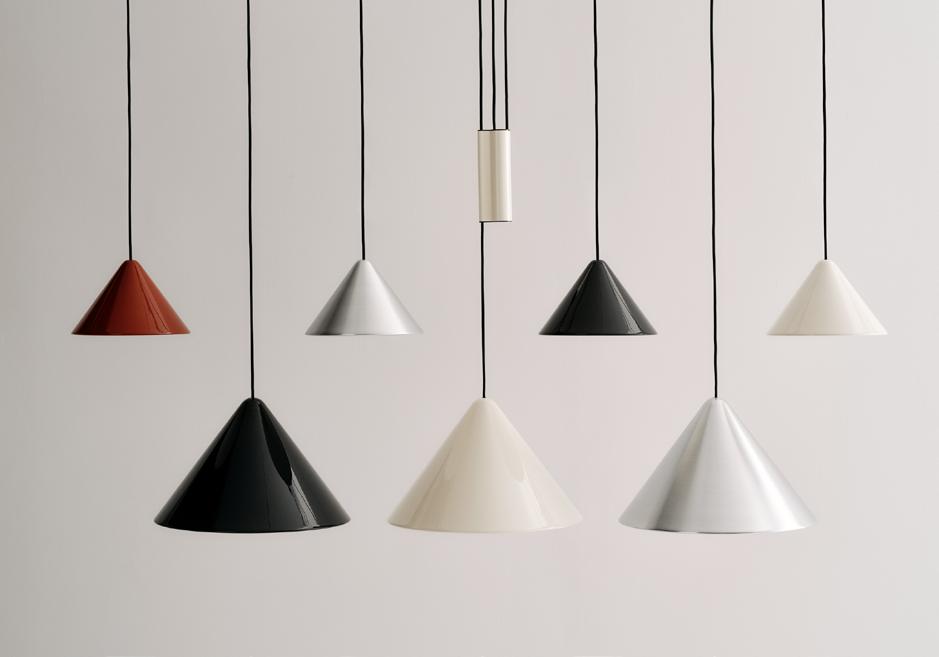
With its purposeful silhouette and intuitive functionality, Compass offers a thoughtful take on the classic pendant lamp. Defined by its angled, conical shade and graphic aluminium construction, the design brings a sense of quiet structure to a variety of interiors.
The pendant is available in both a fixed version and a height-adjustable model, the latter featuring a discreet counterweight that allows the shade to be raised or lowered as needed. Whether suspended over a dining table, work surface, or corner reading nook, Compass adapts with ease to the atmosphere and task at hand. Its calm presence and adjustable form allow it to respond naturally to the space it inhabits.
BY JULIEN RENAULT
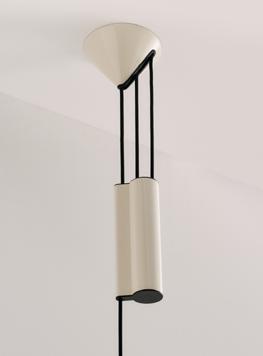
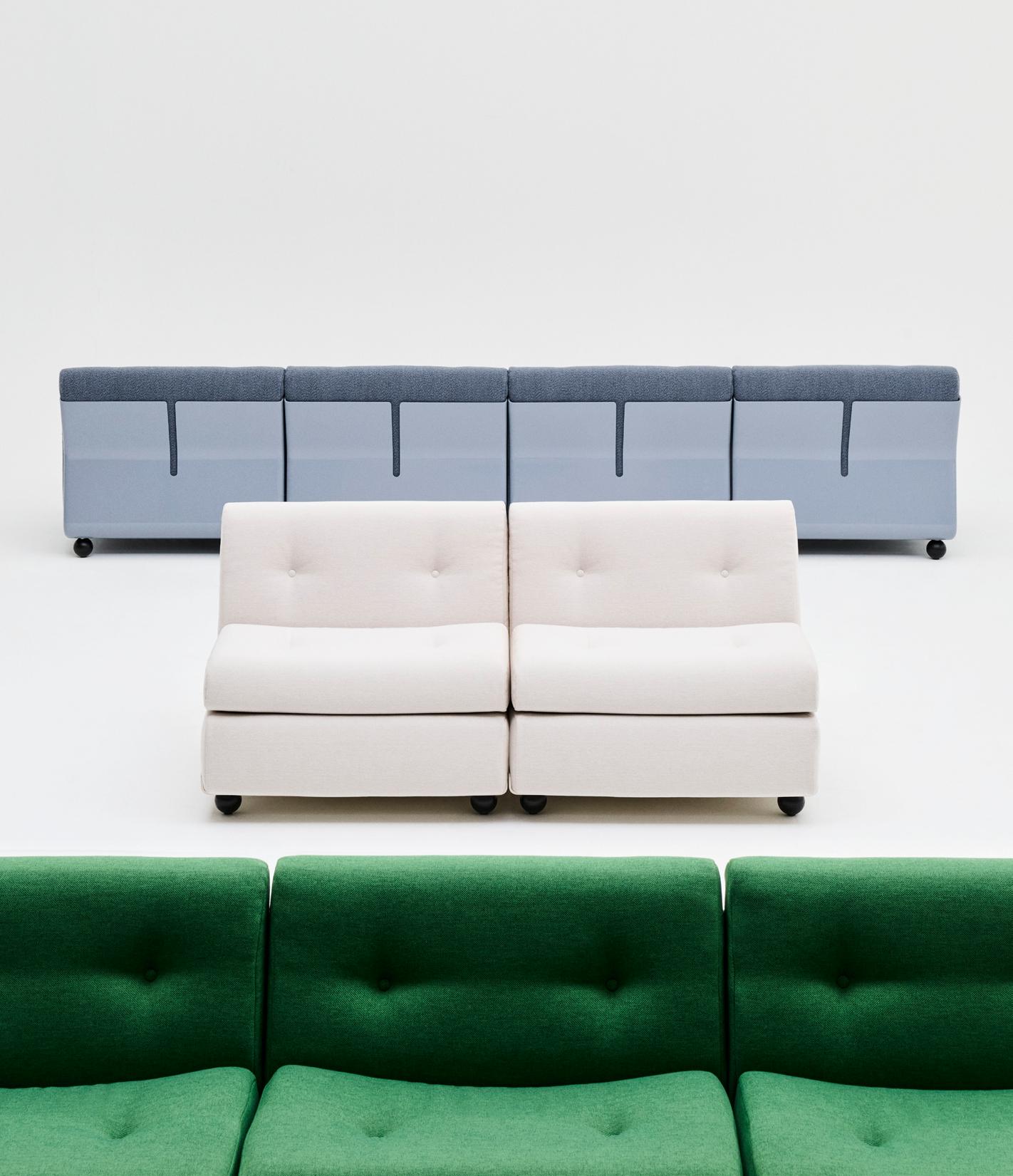
REISSUED BY HAY
AMANTA SOFA
BY MARIO BELLINI
